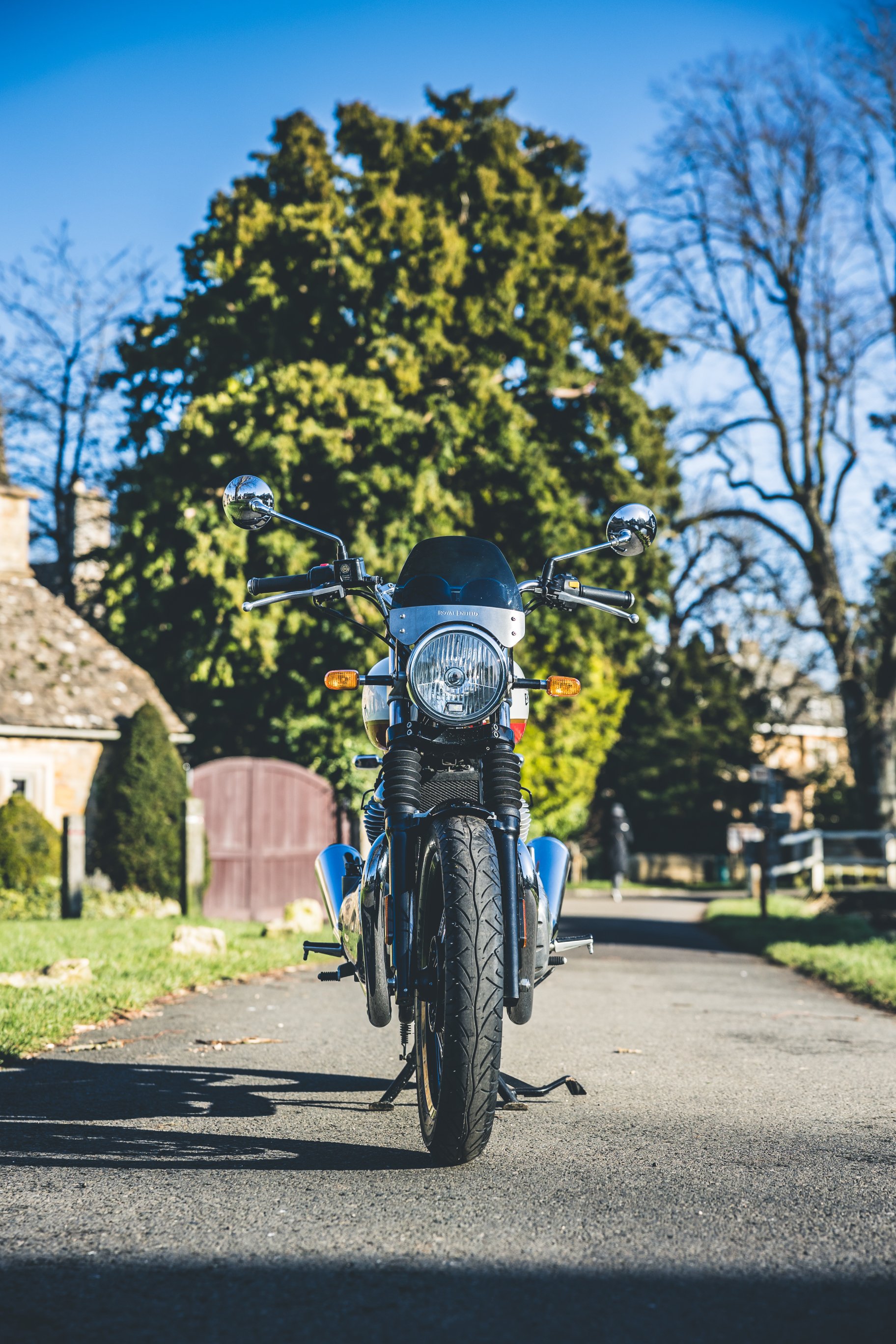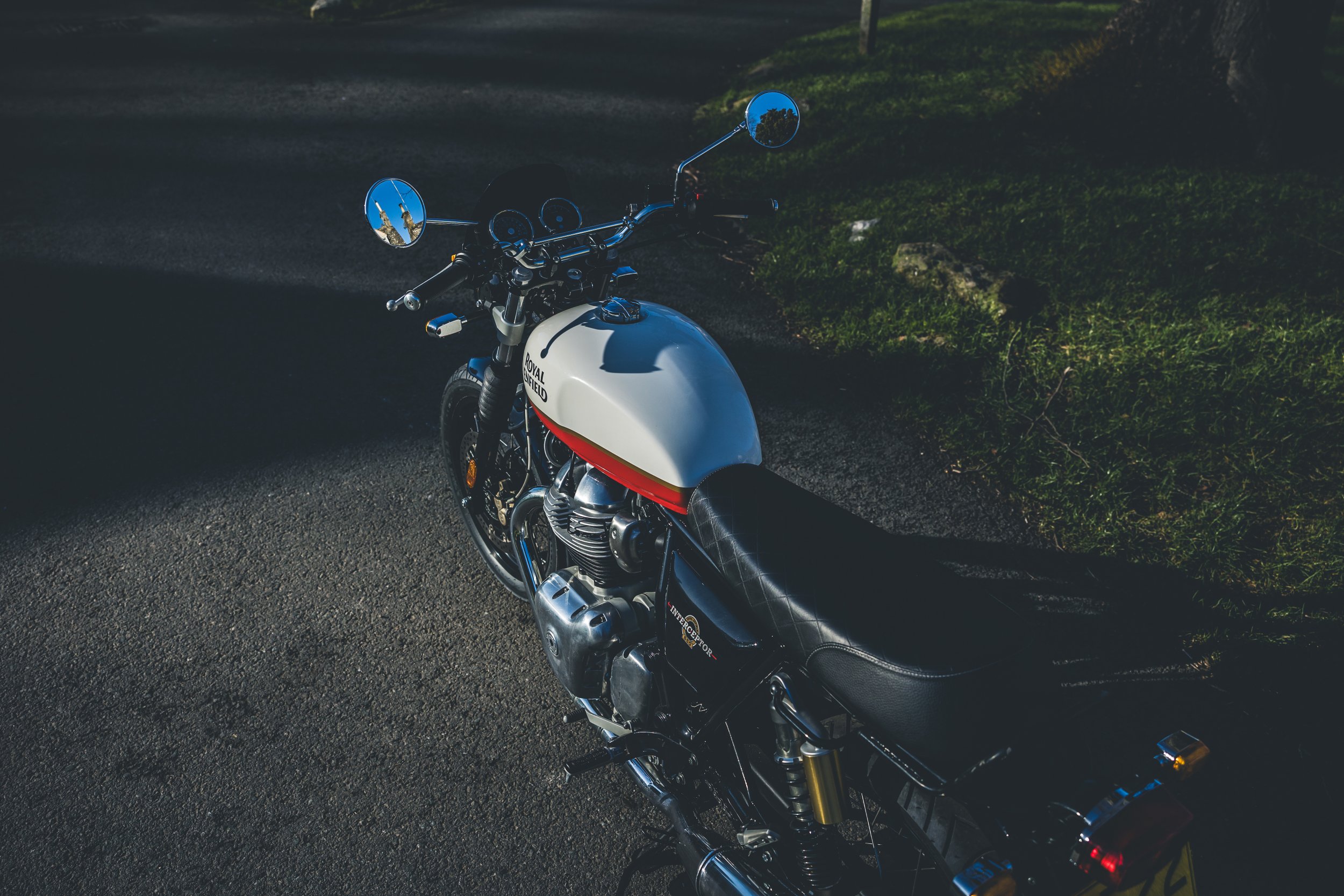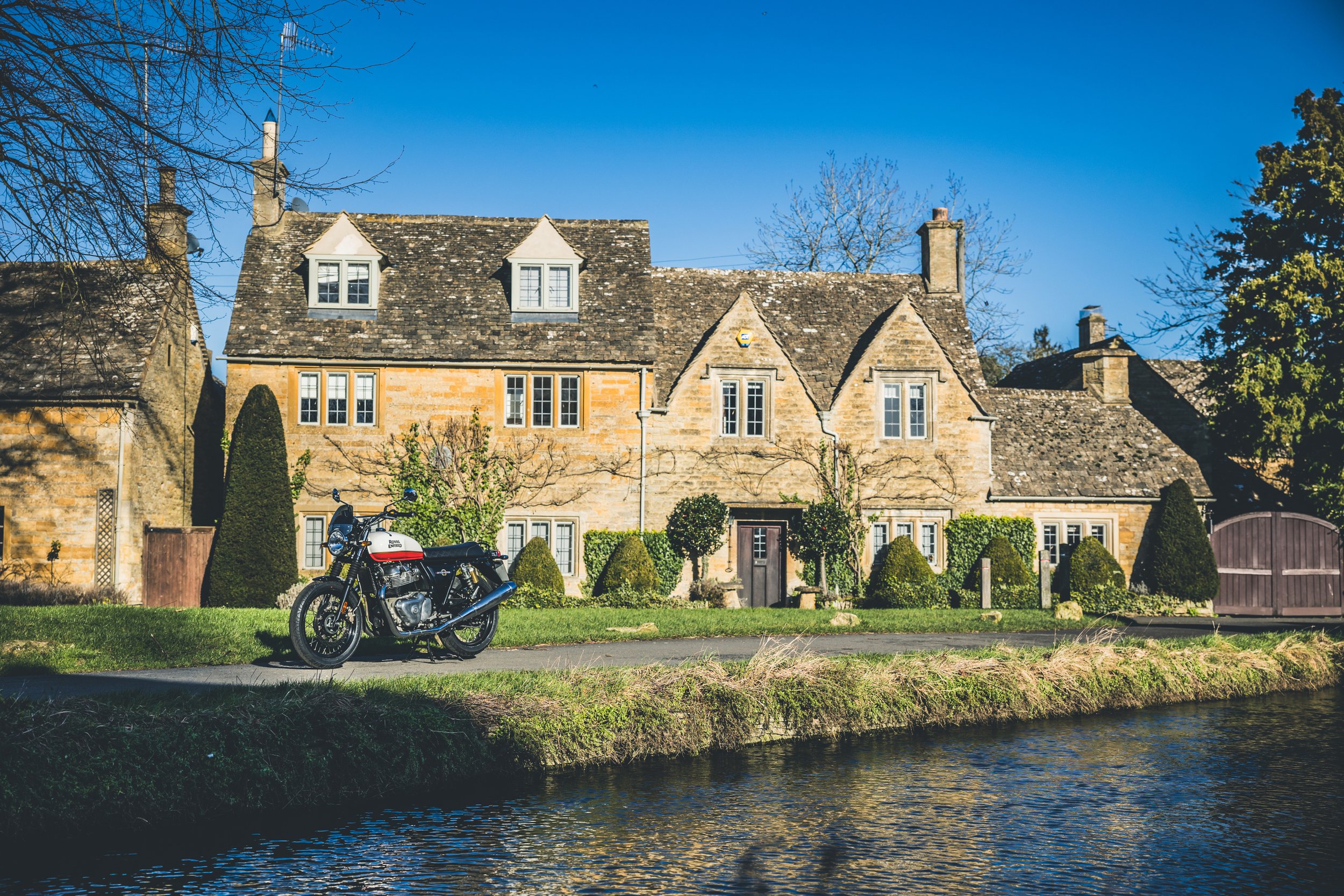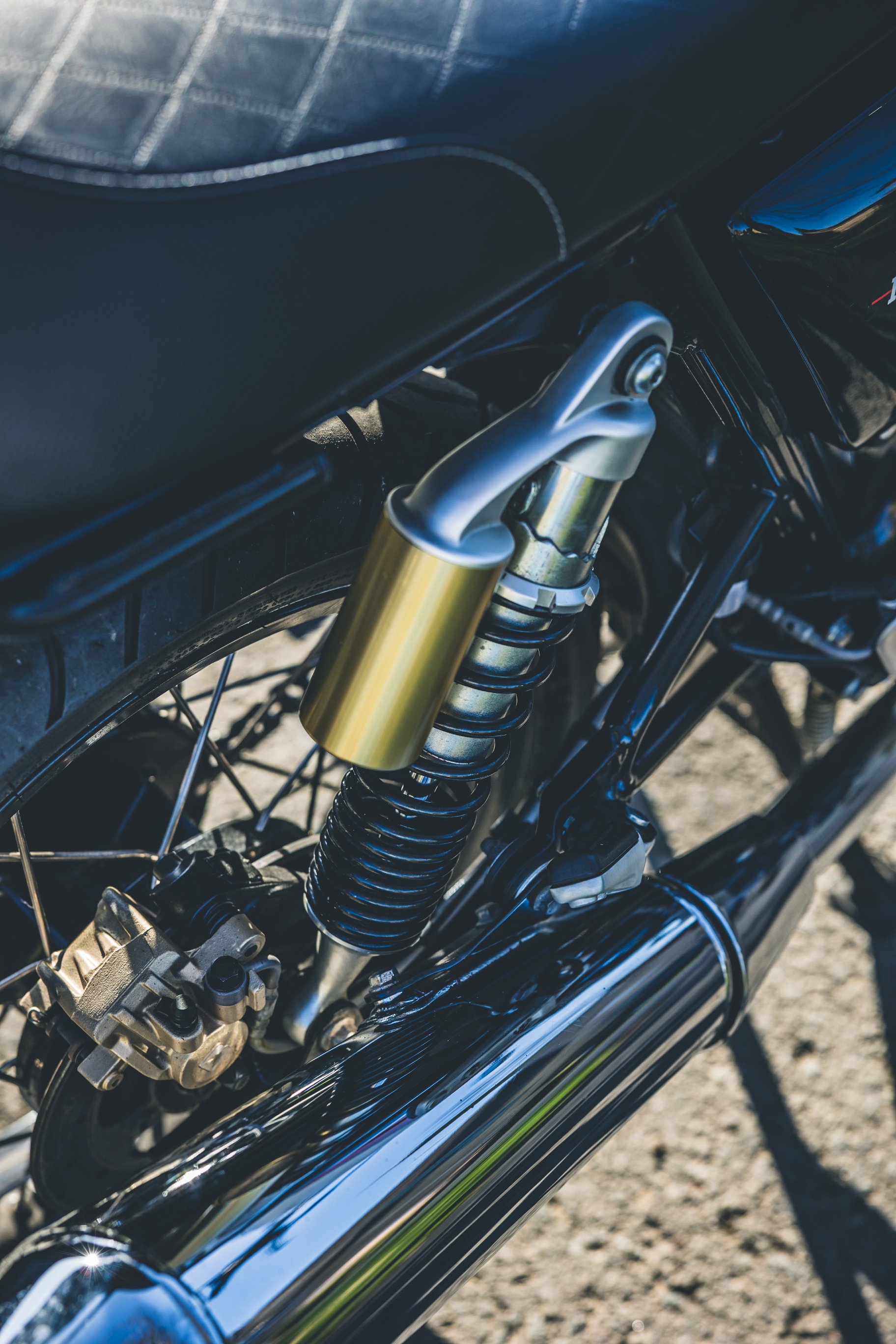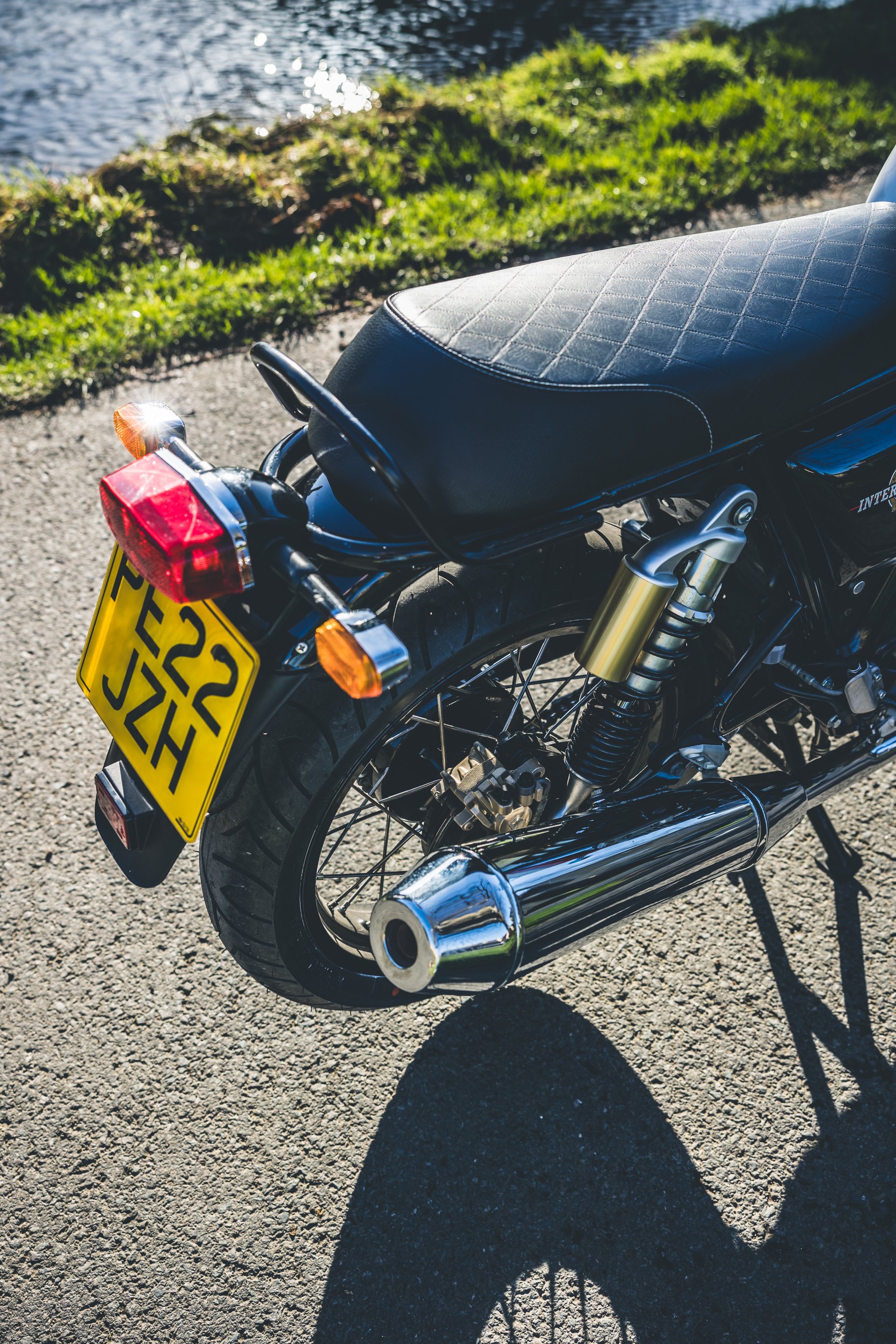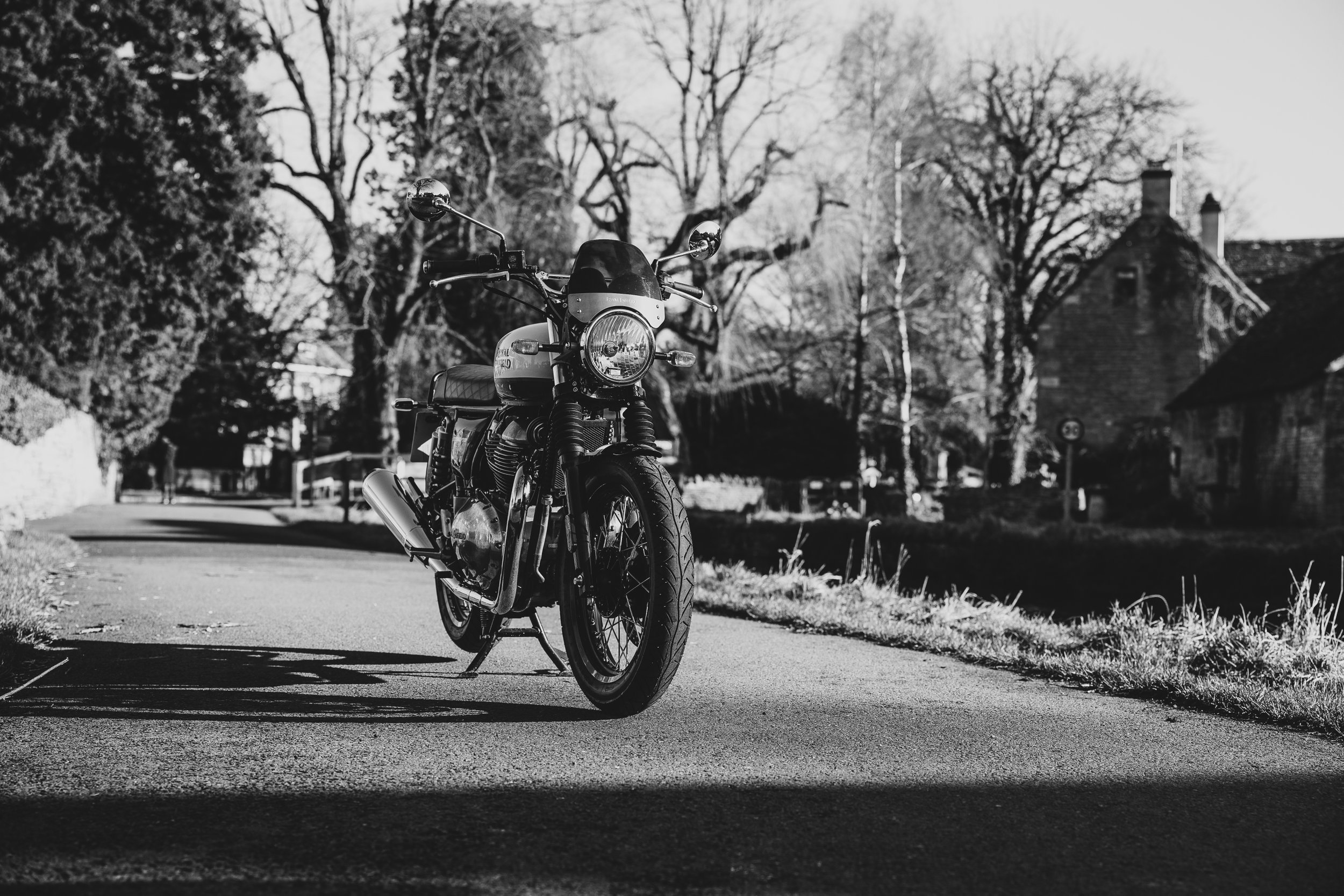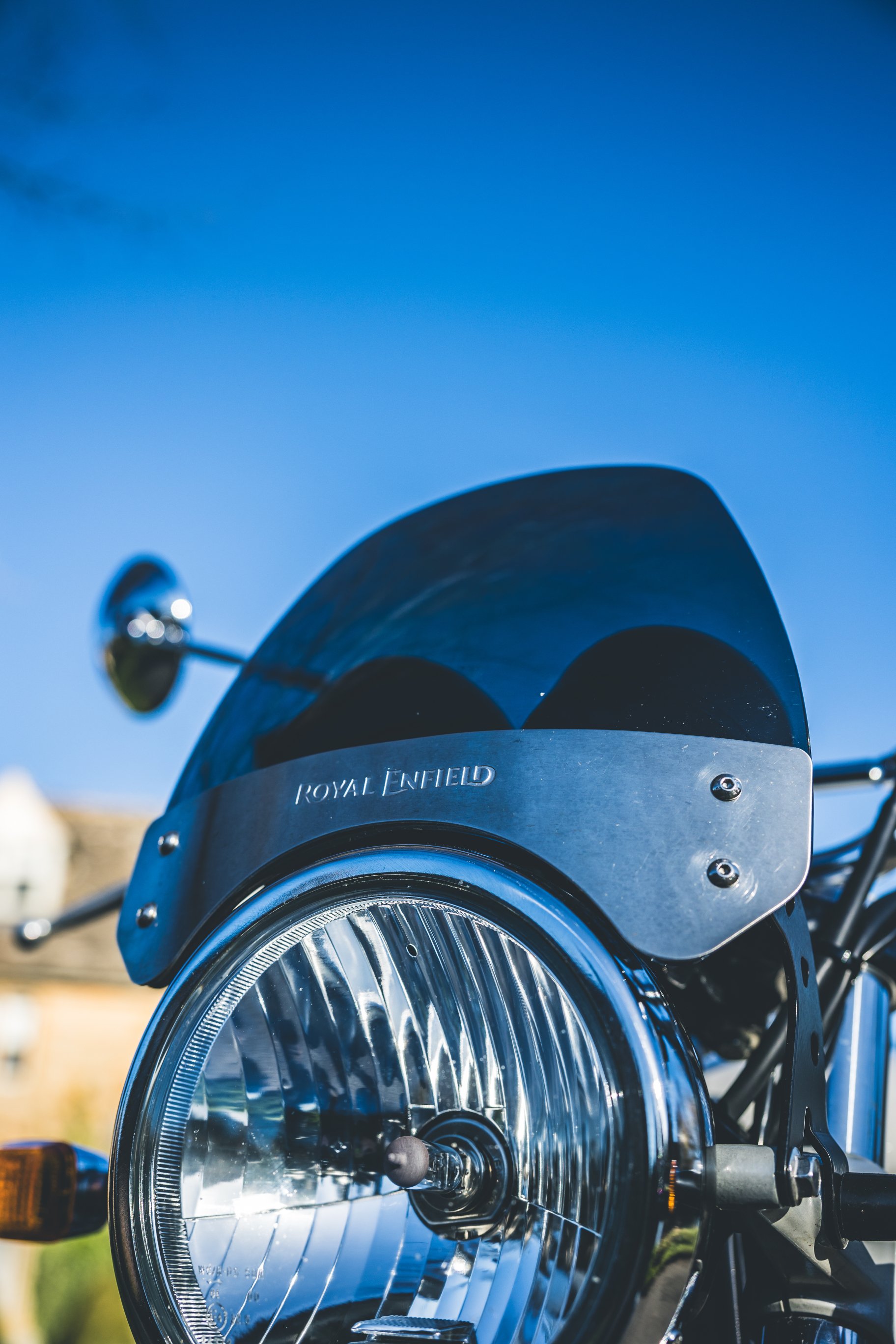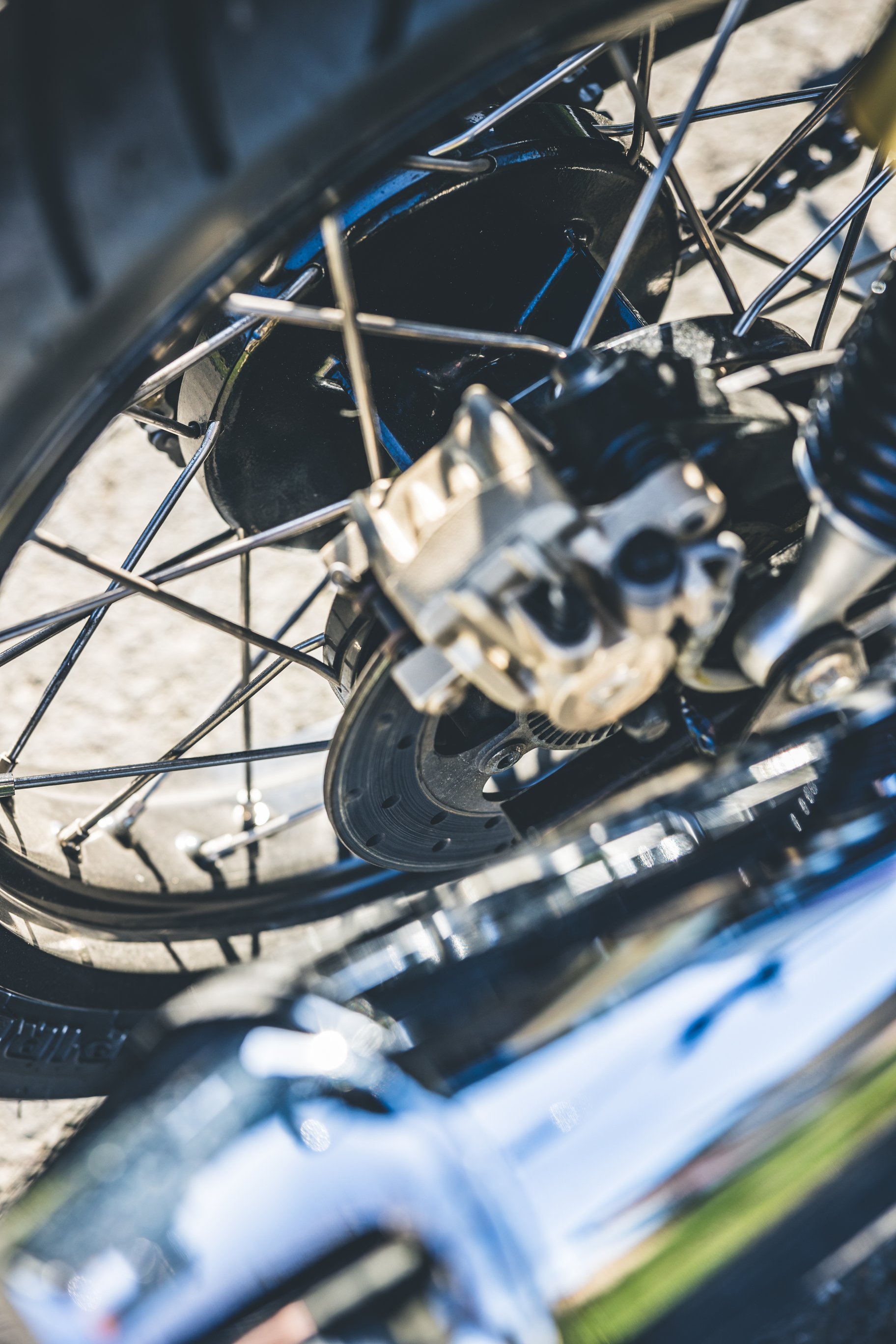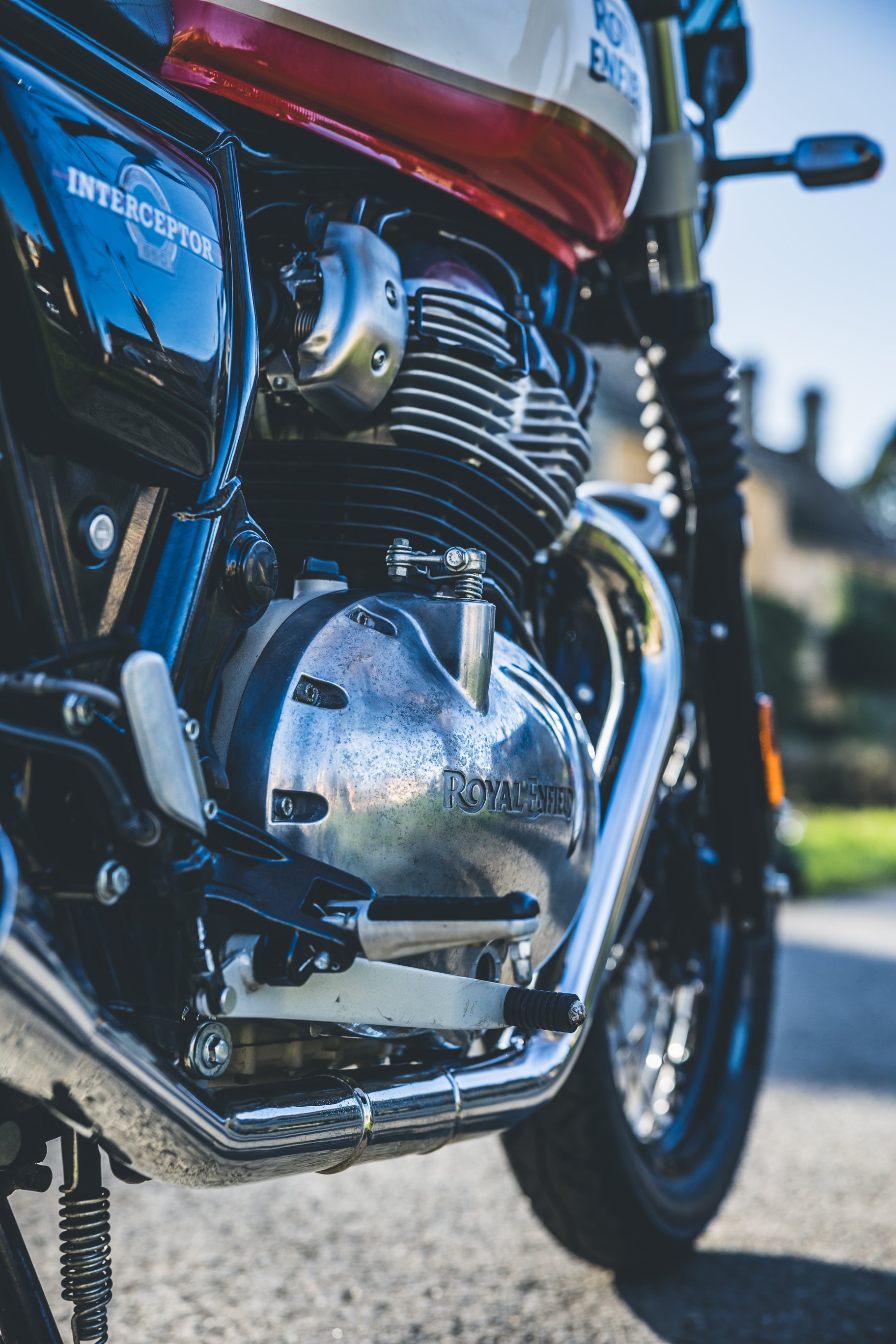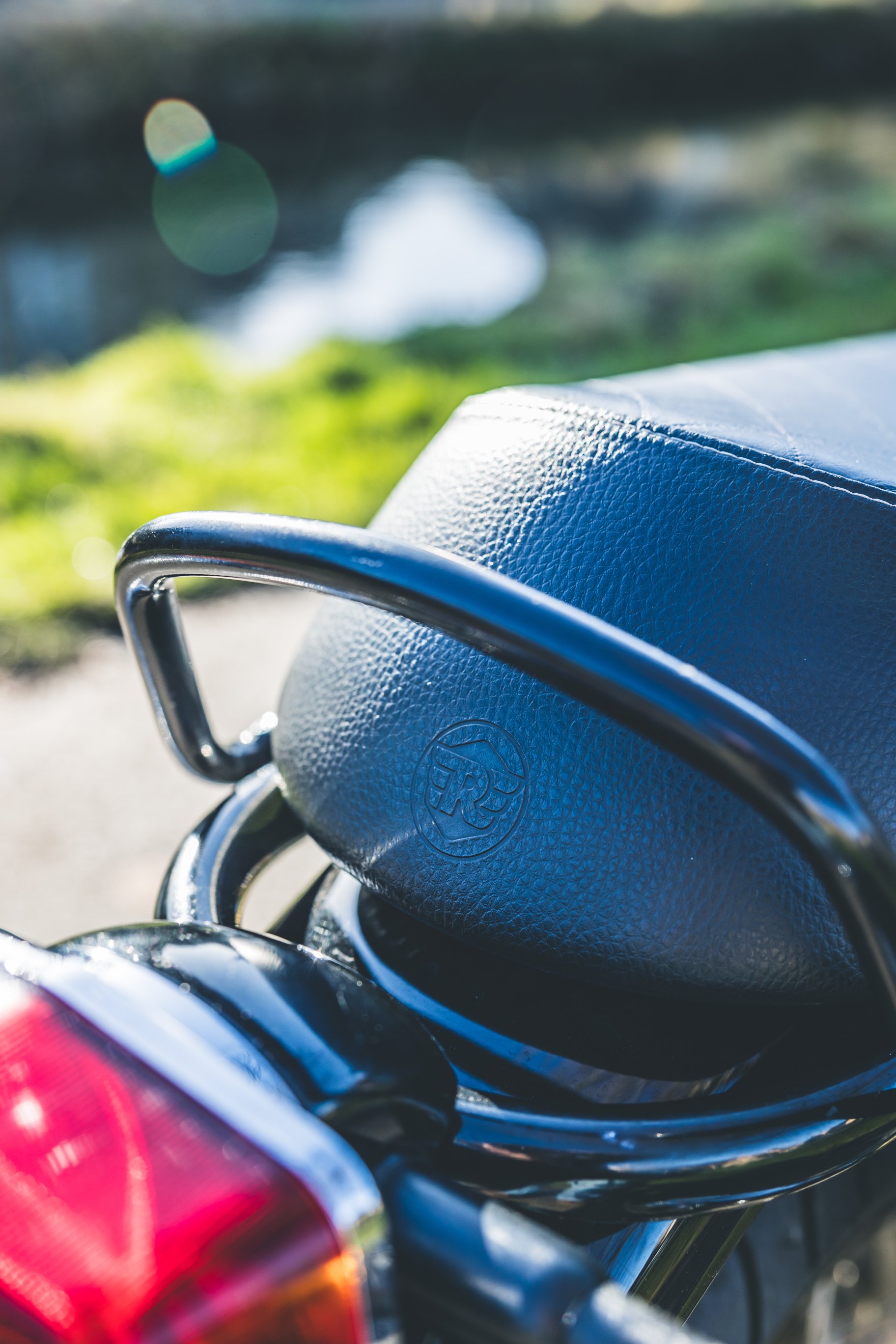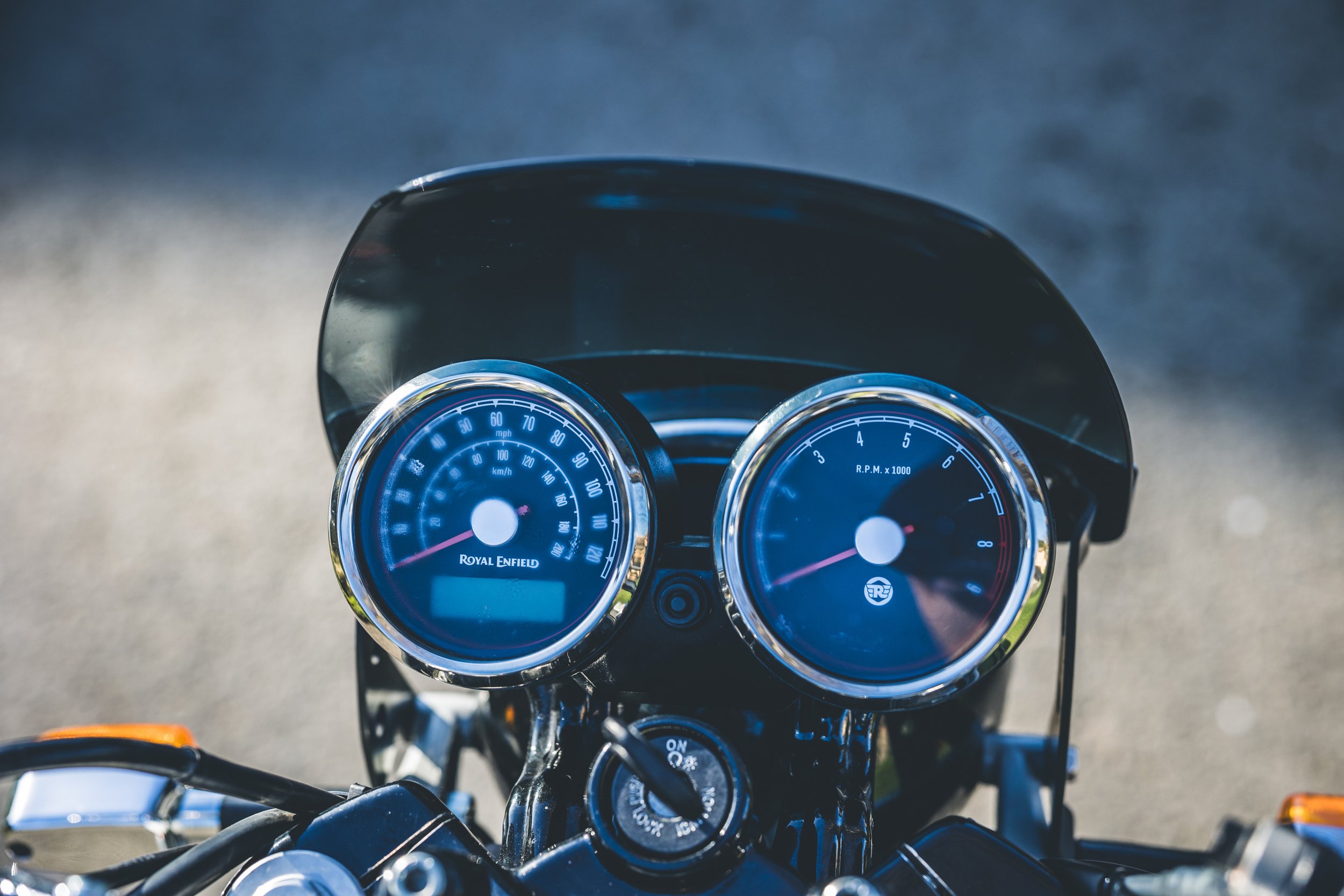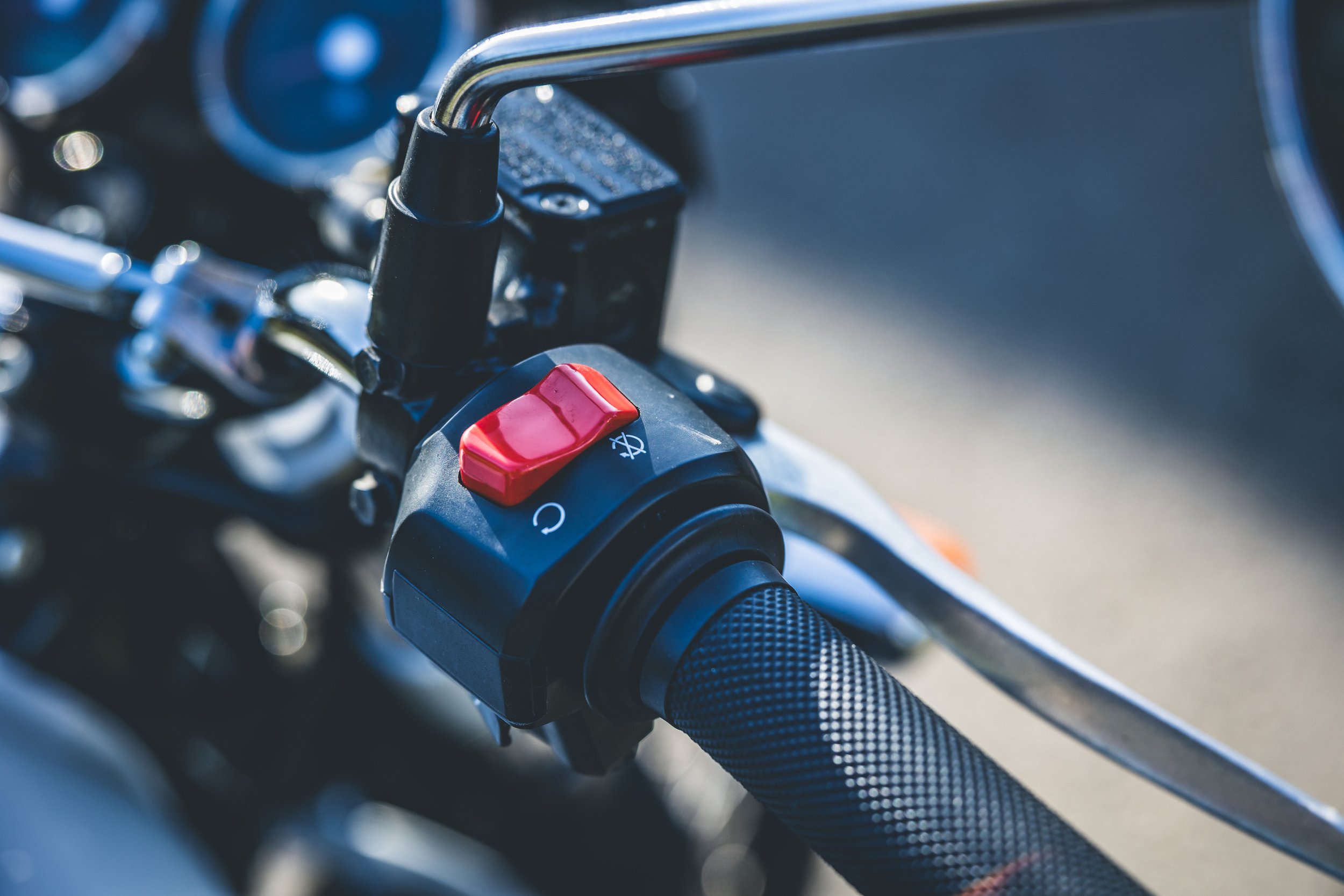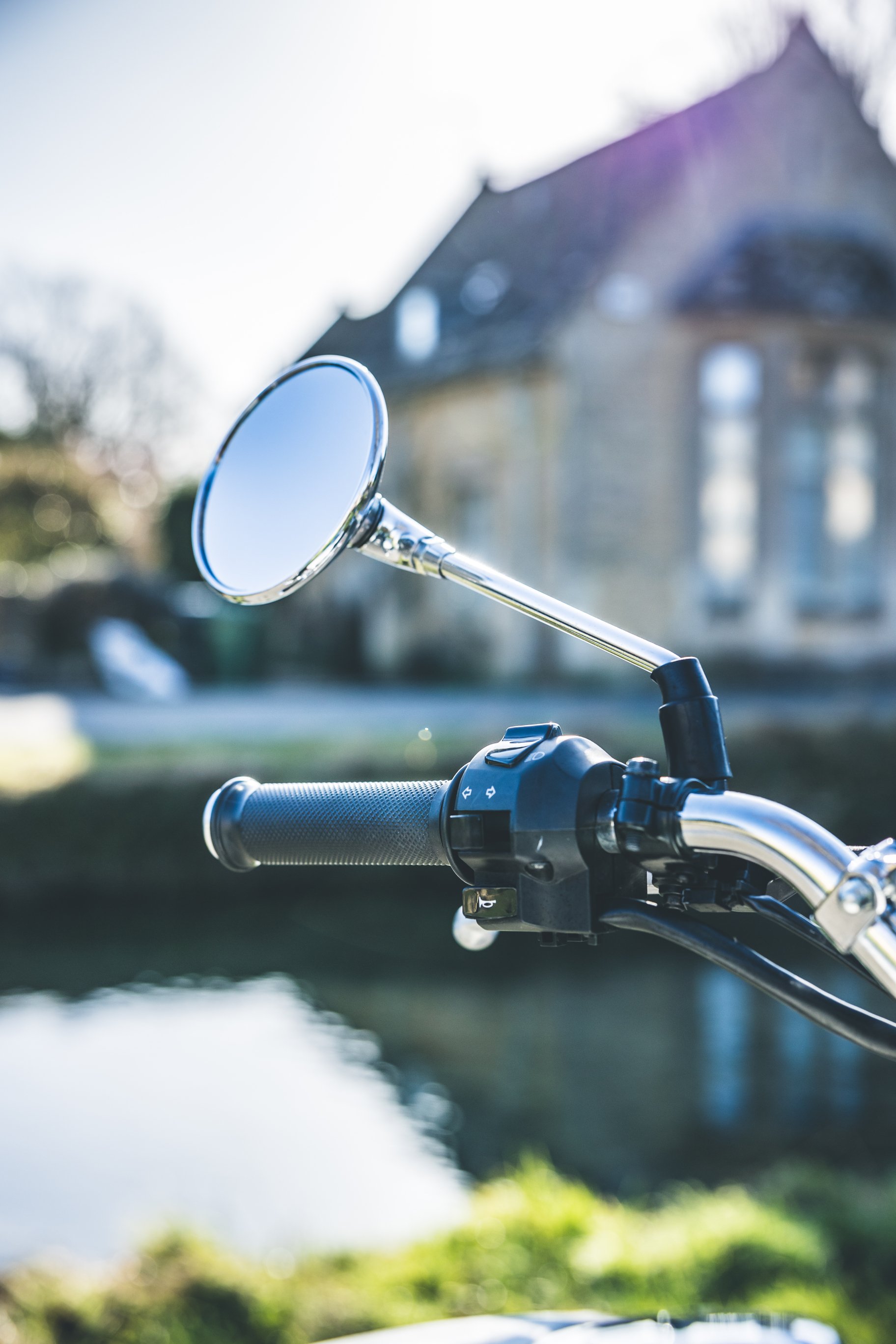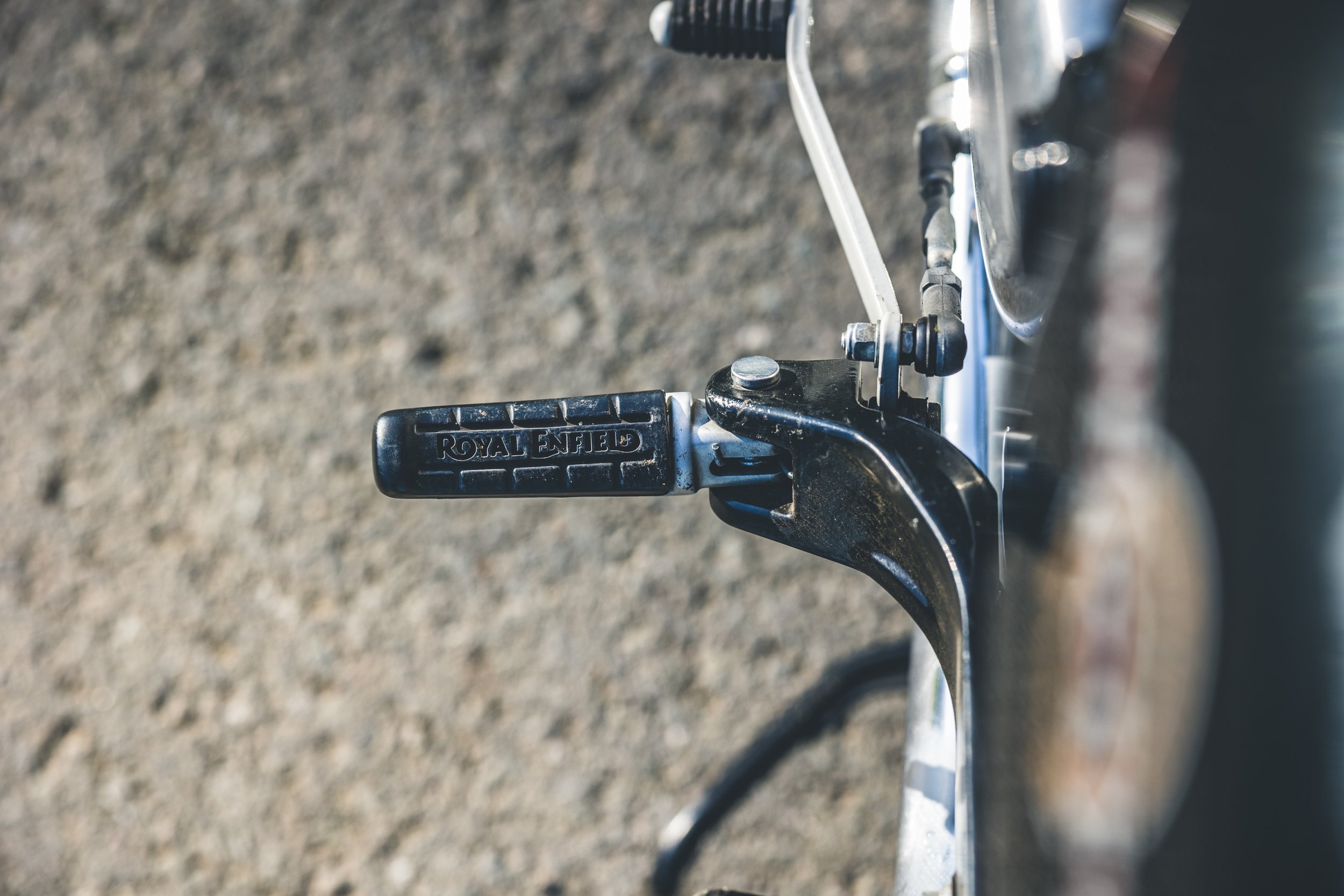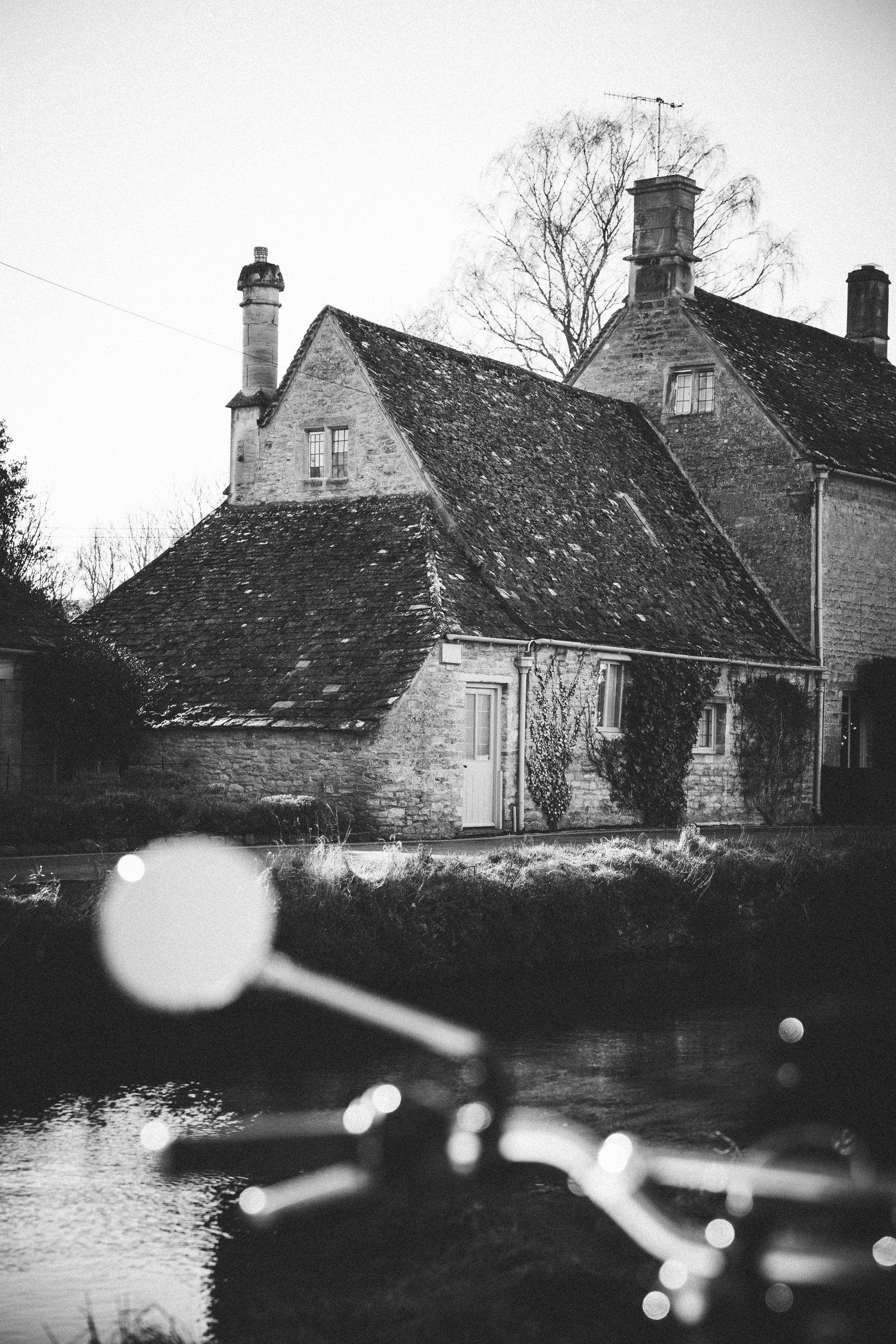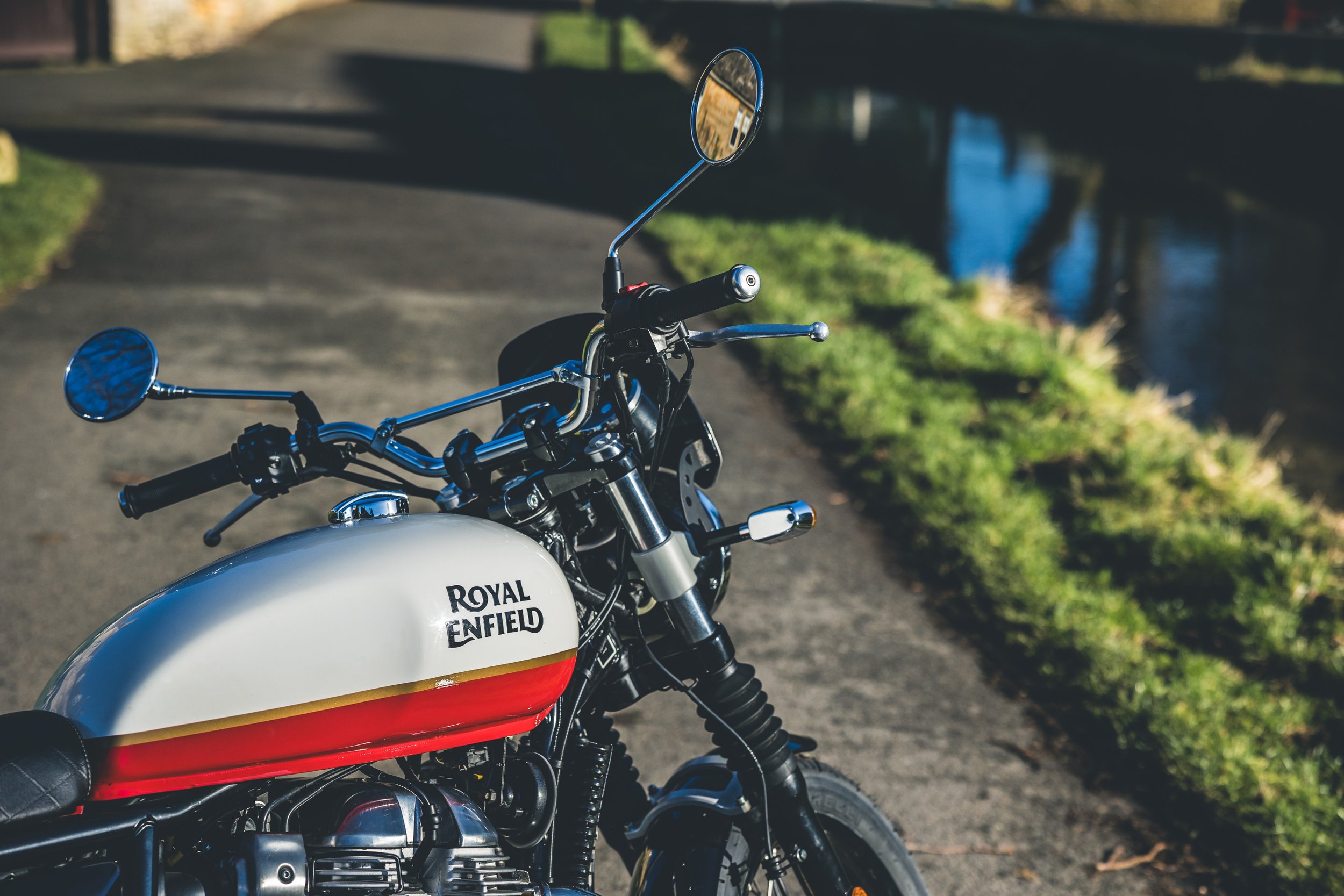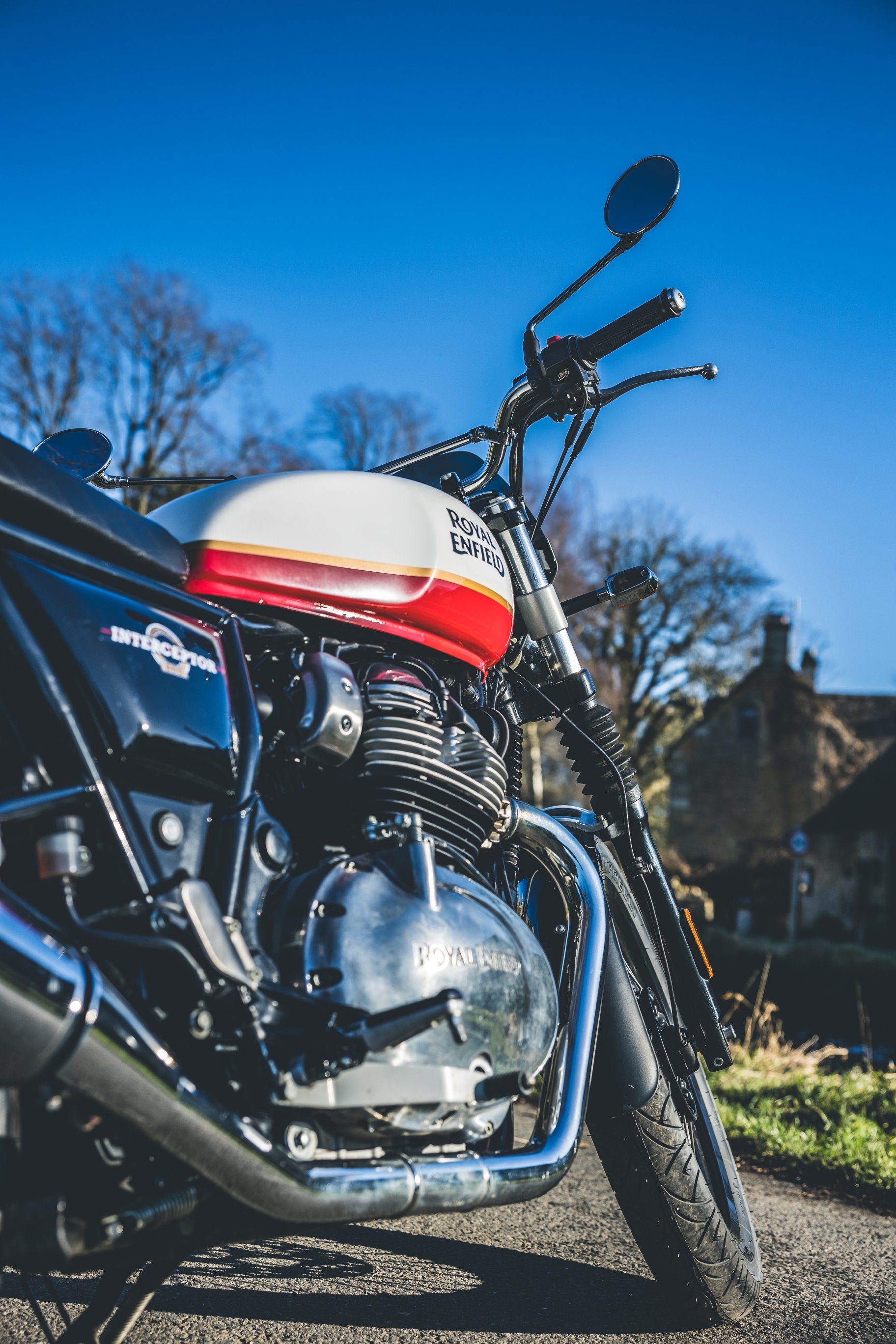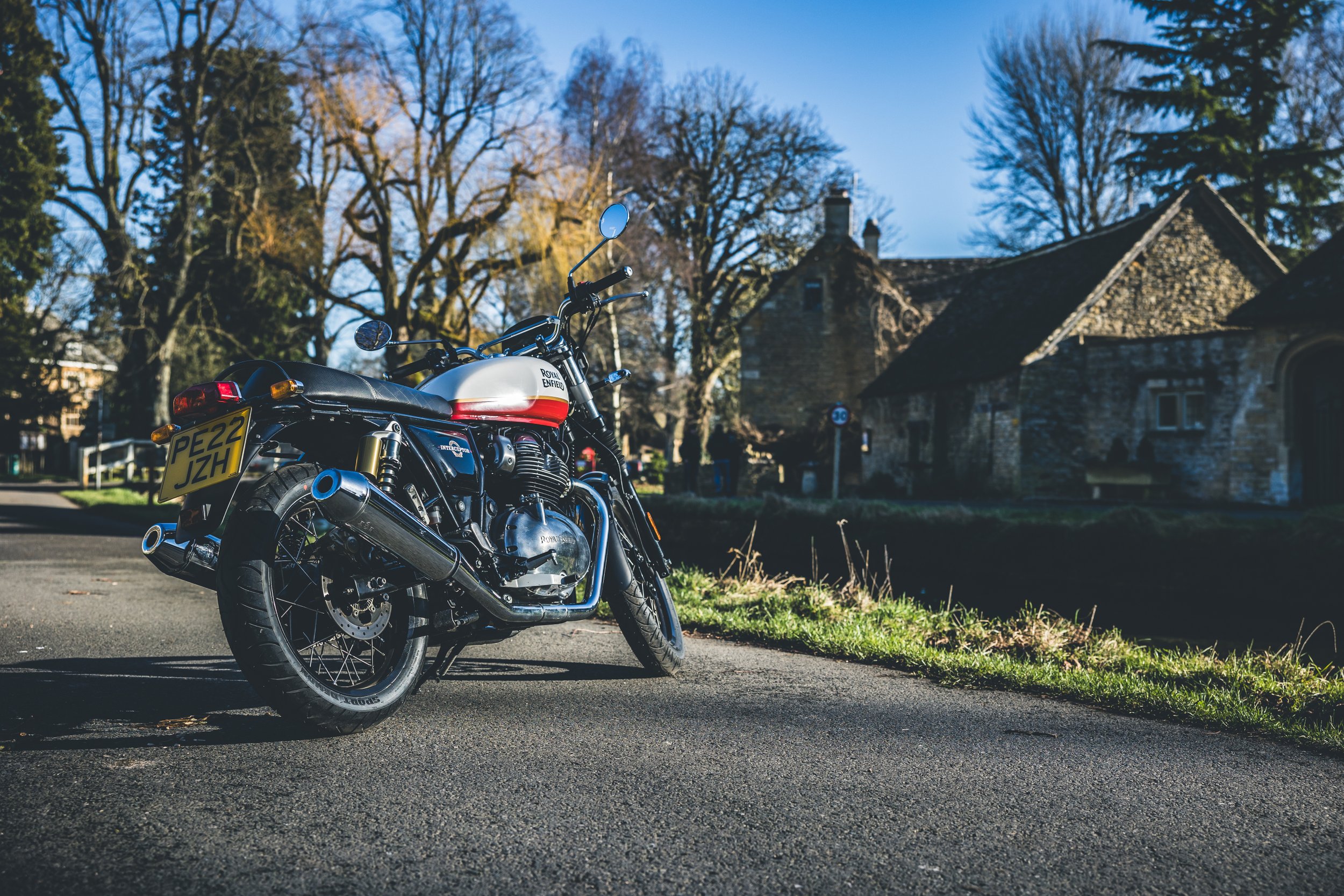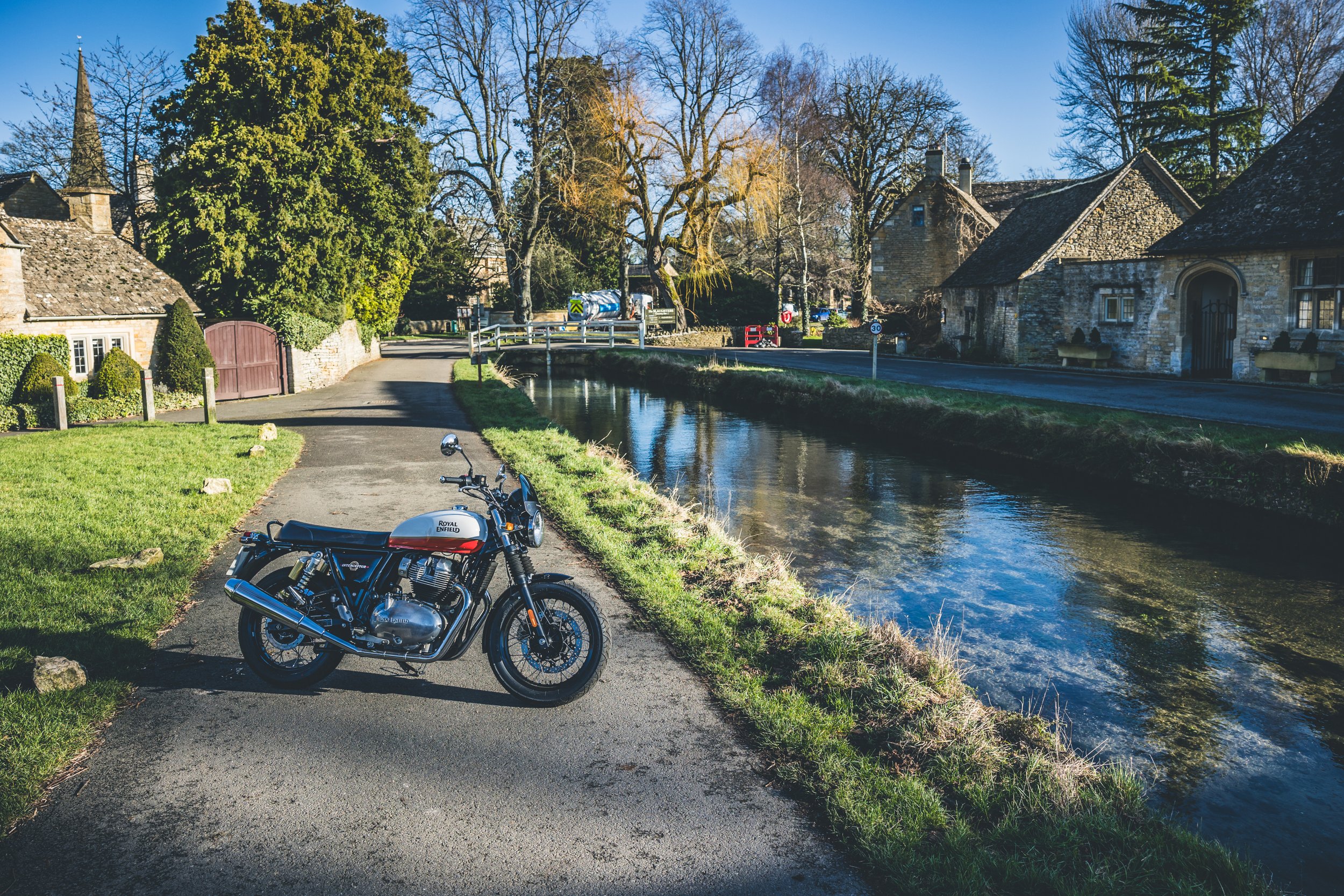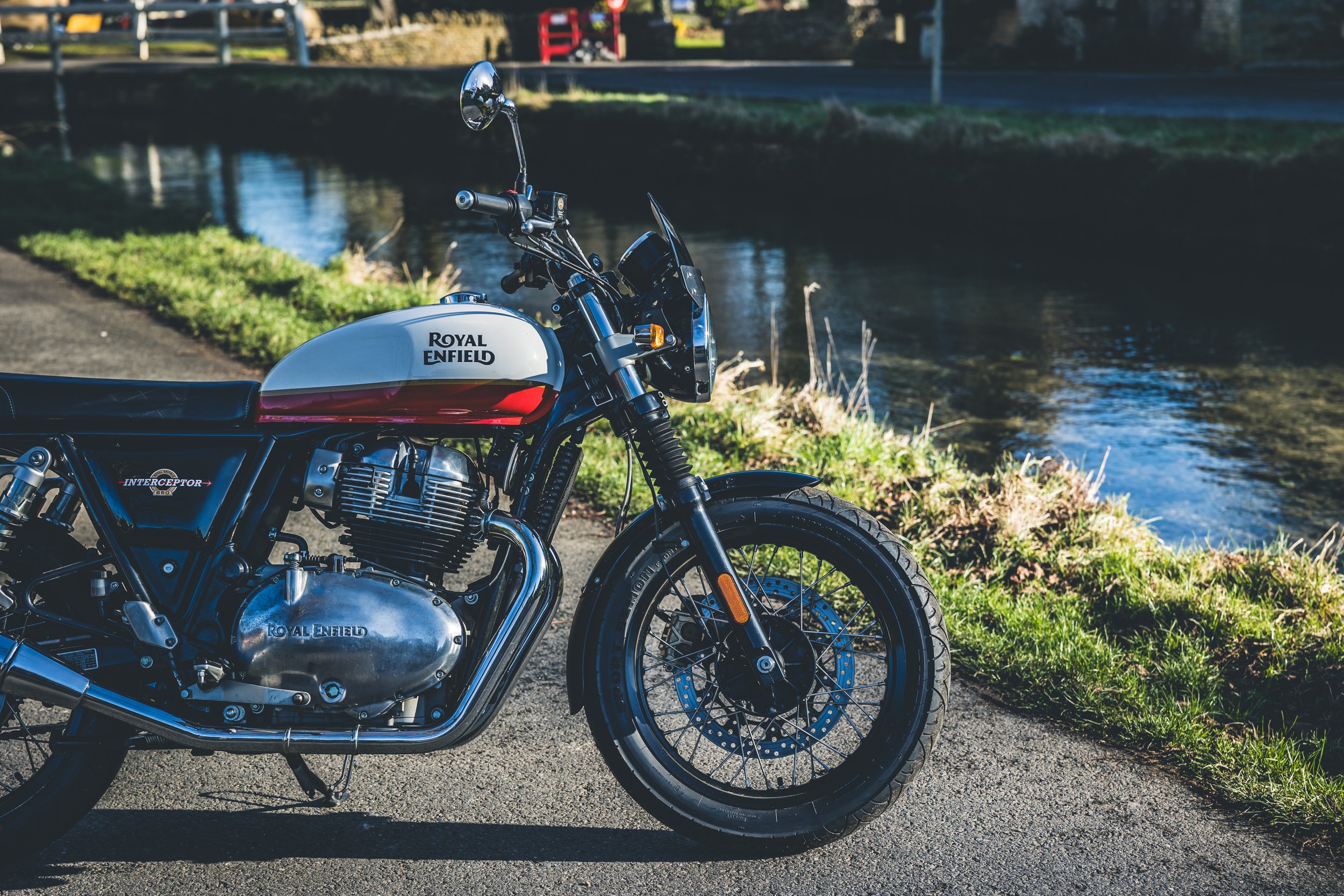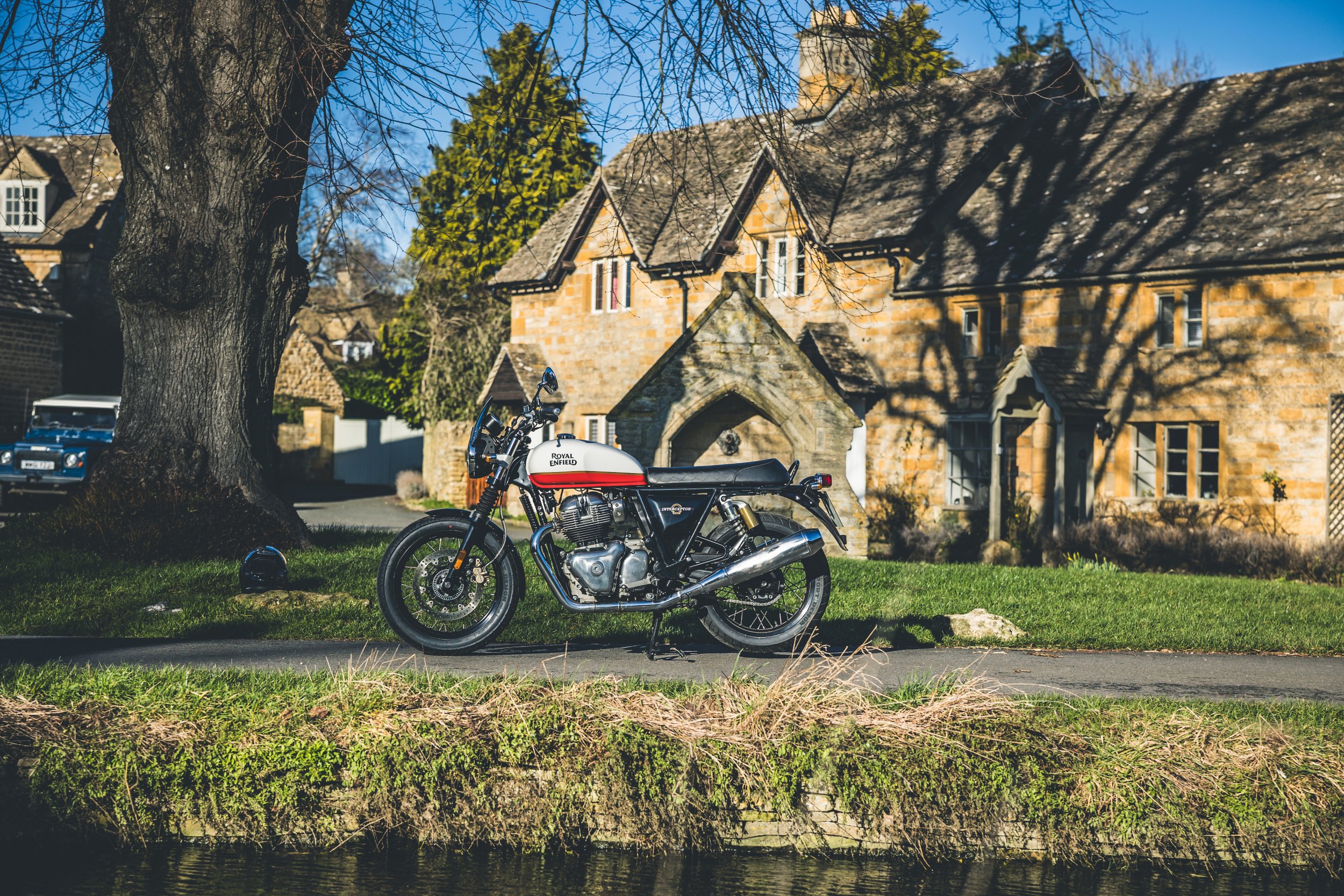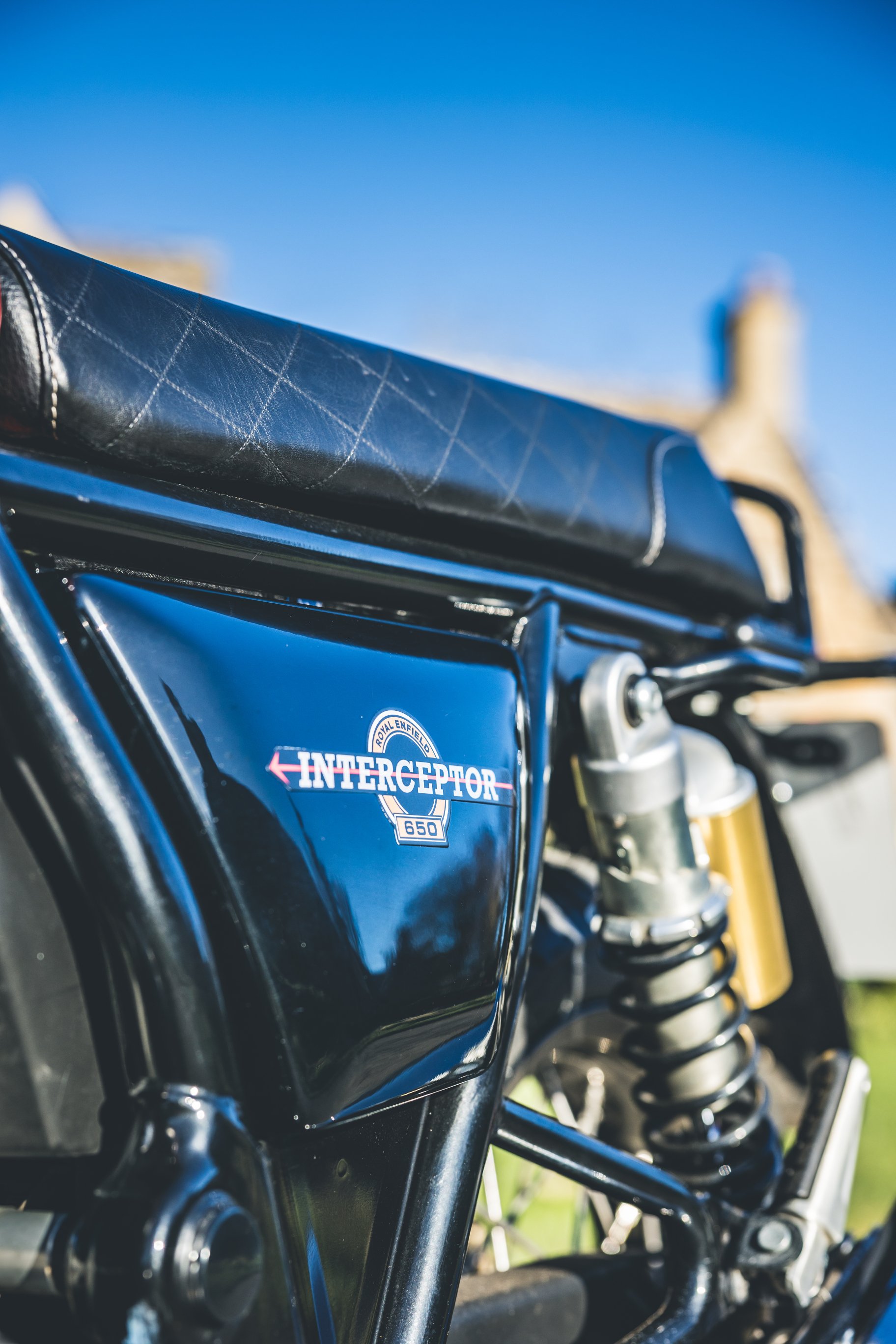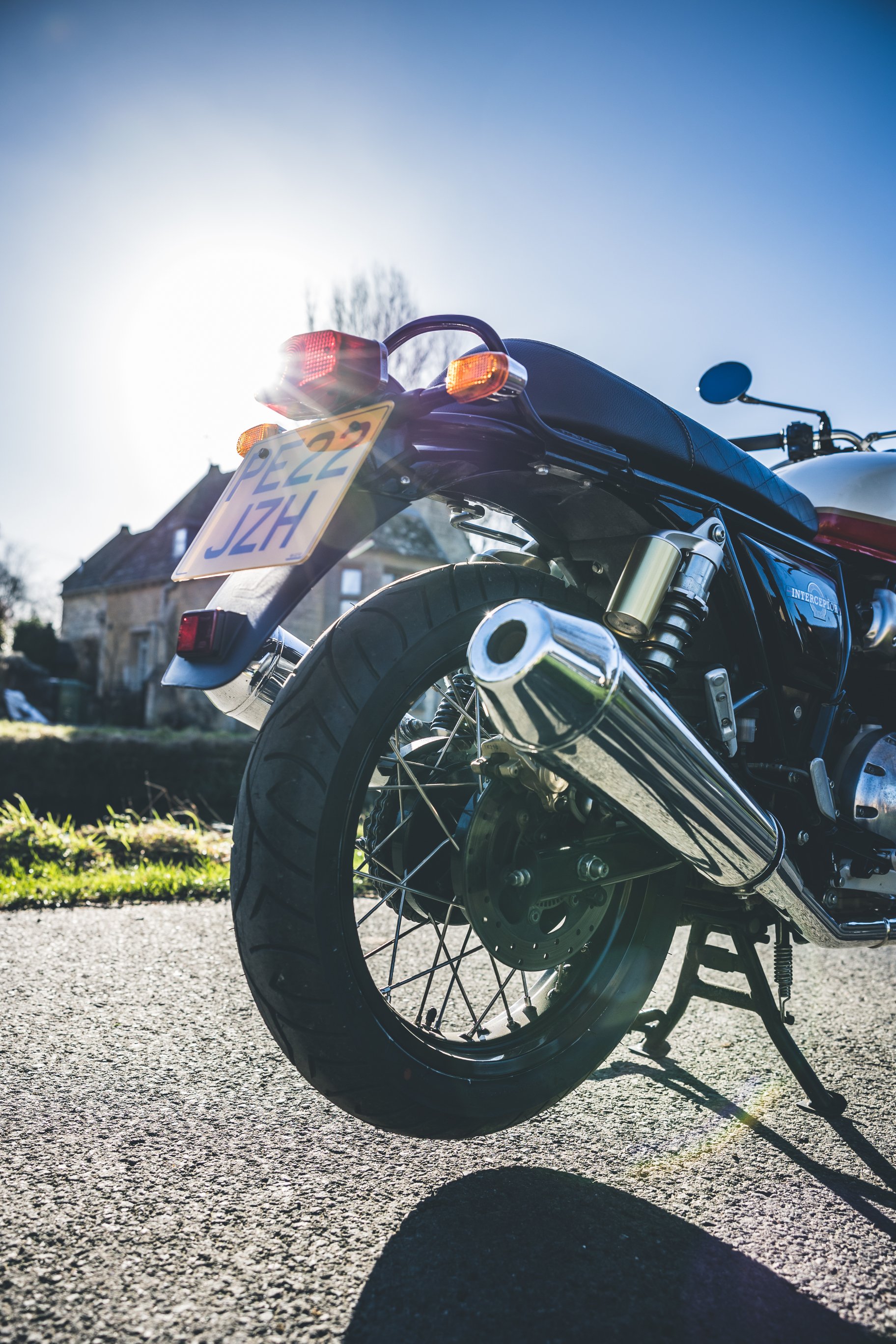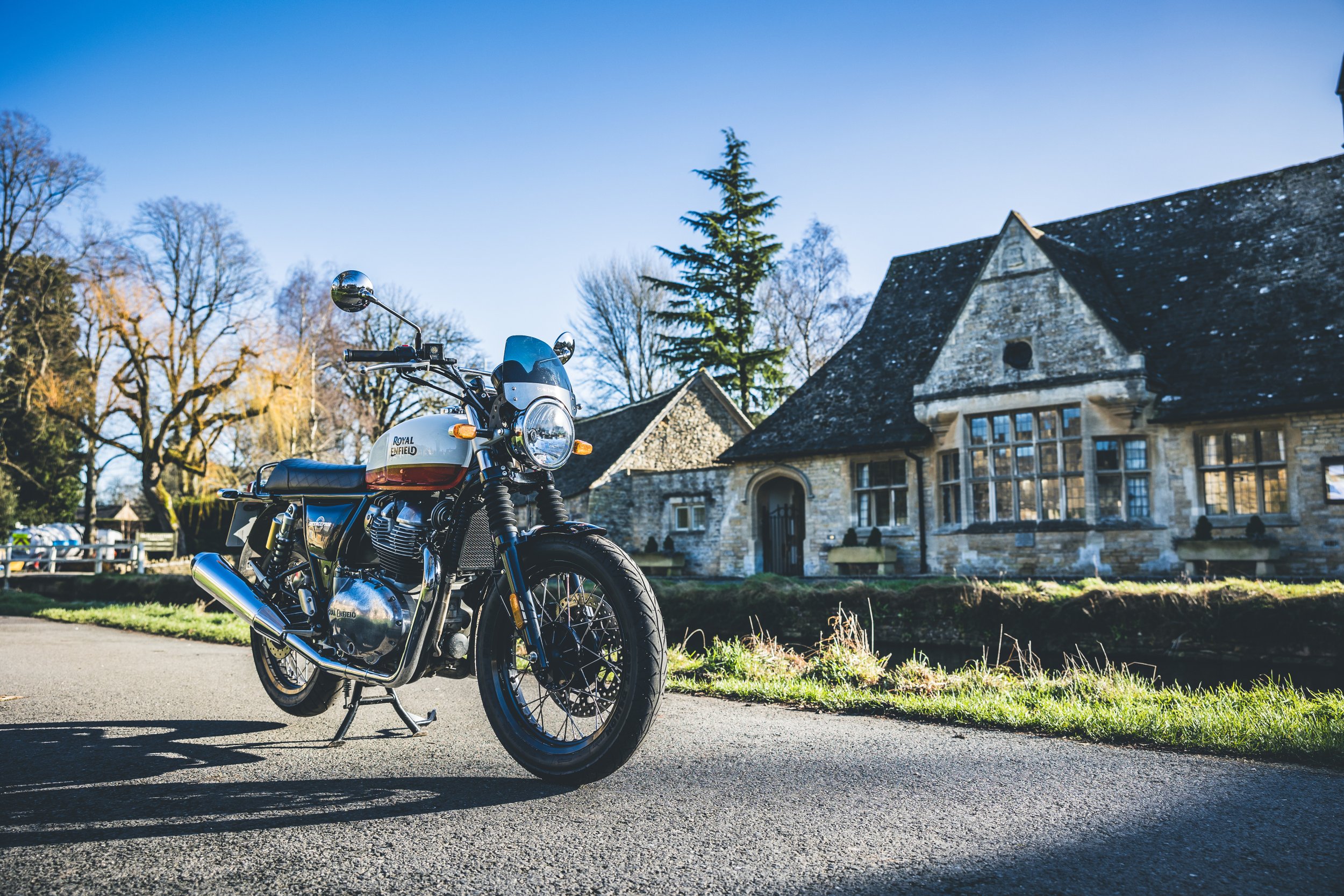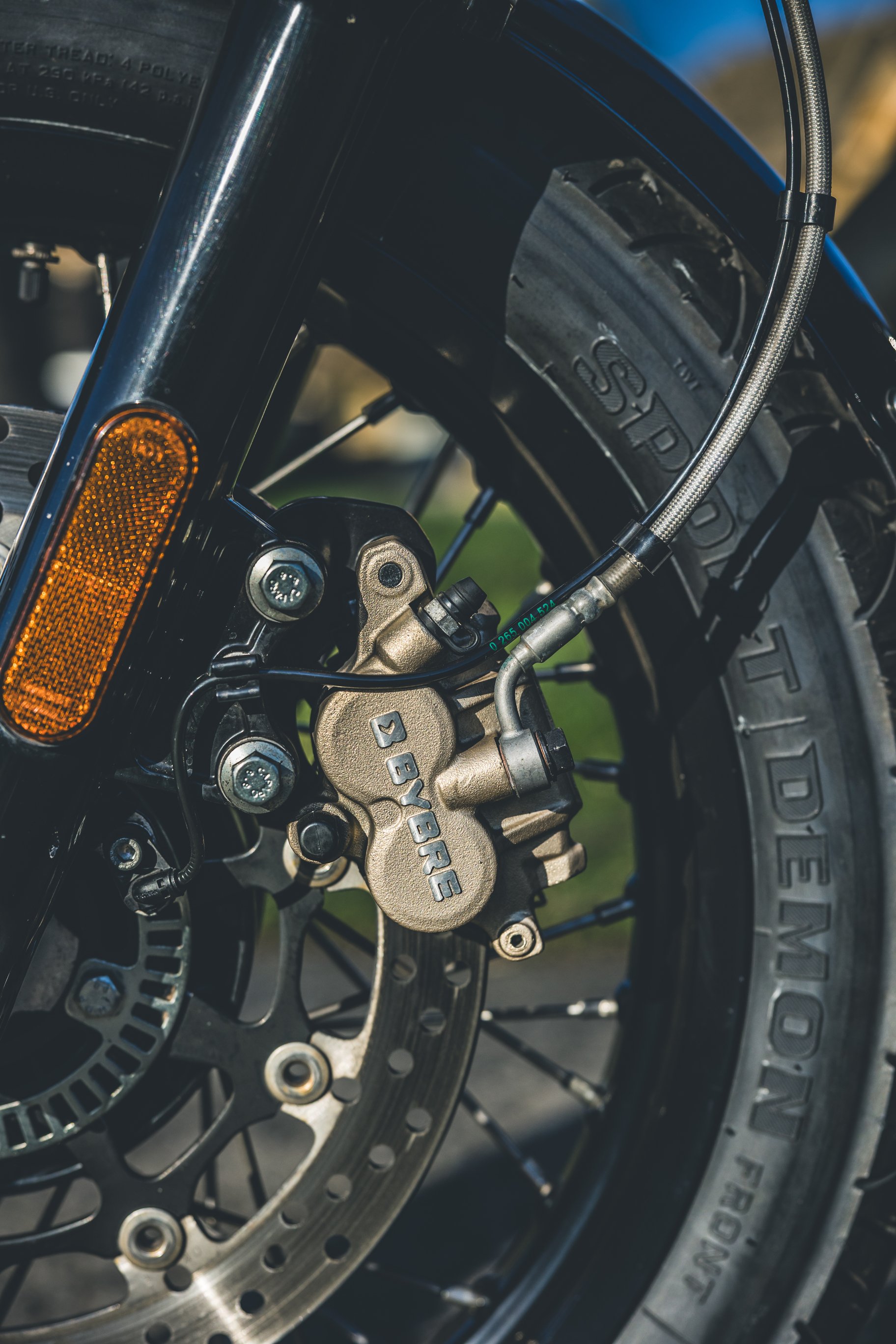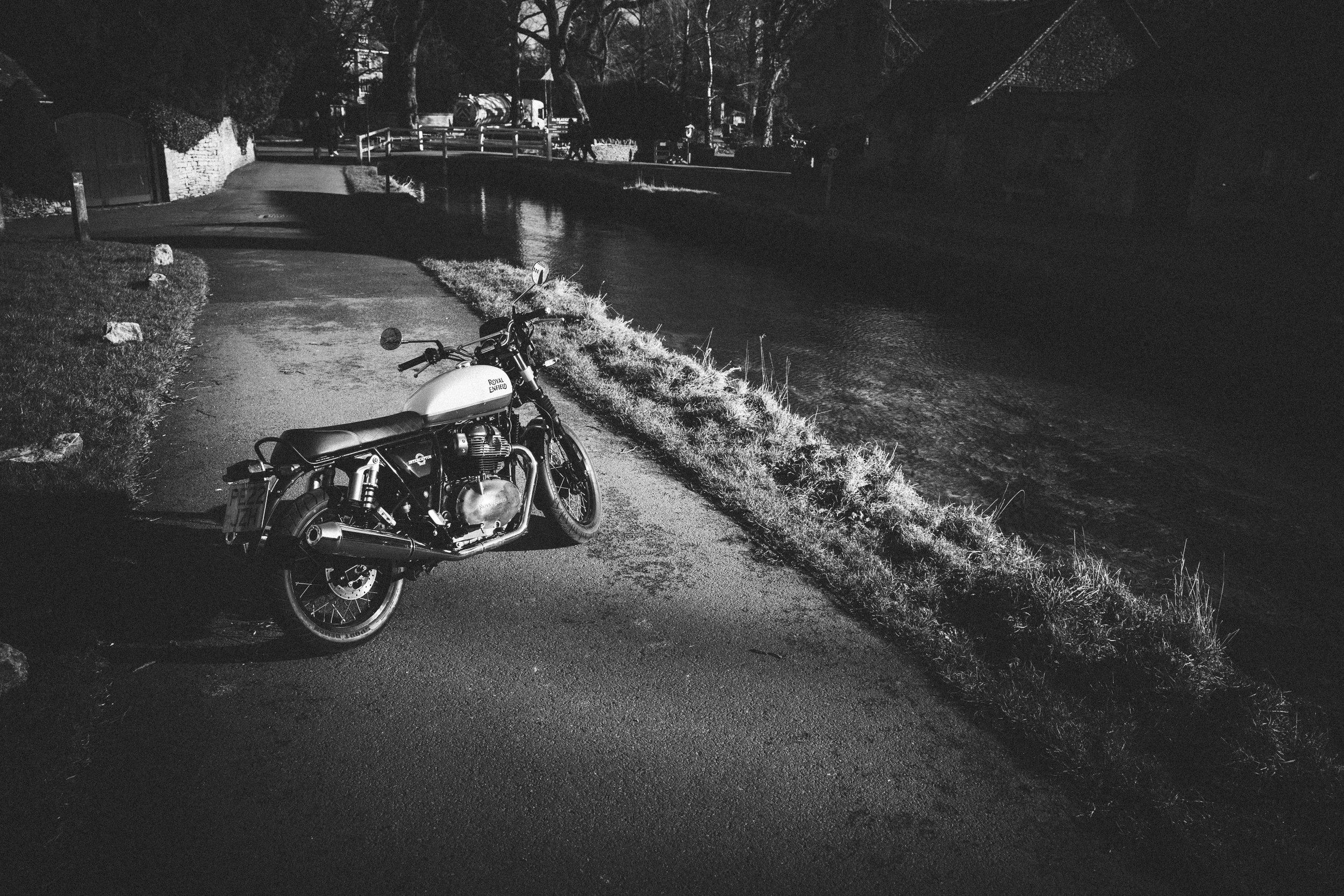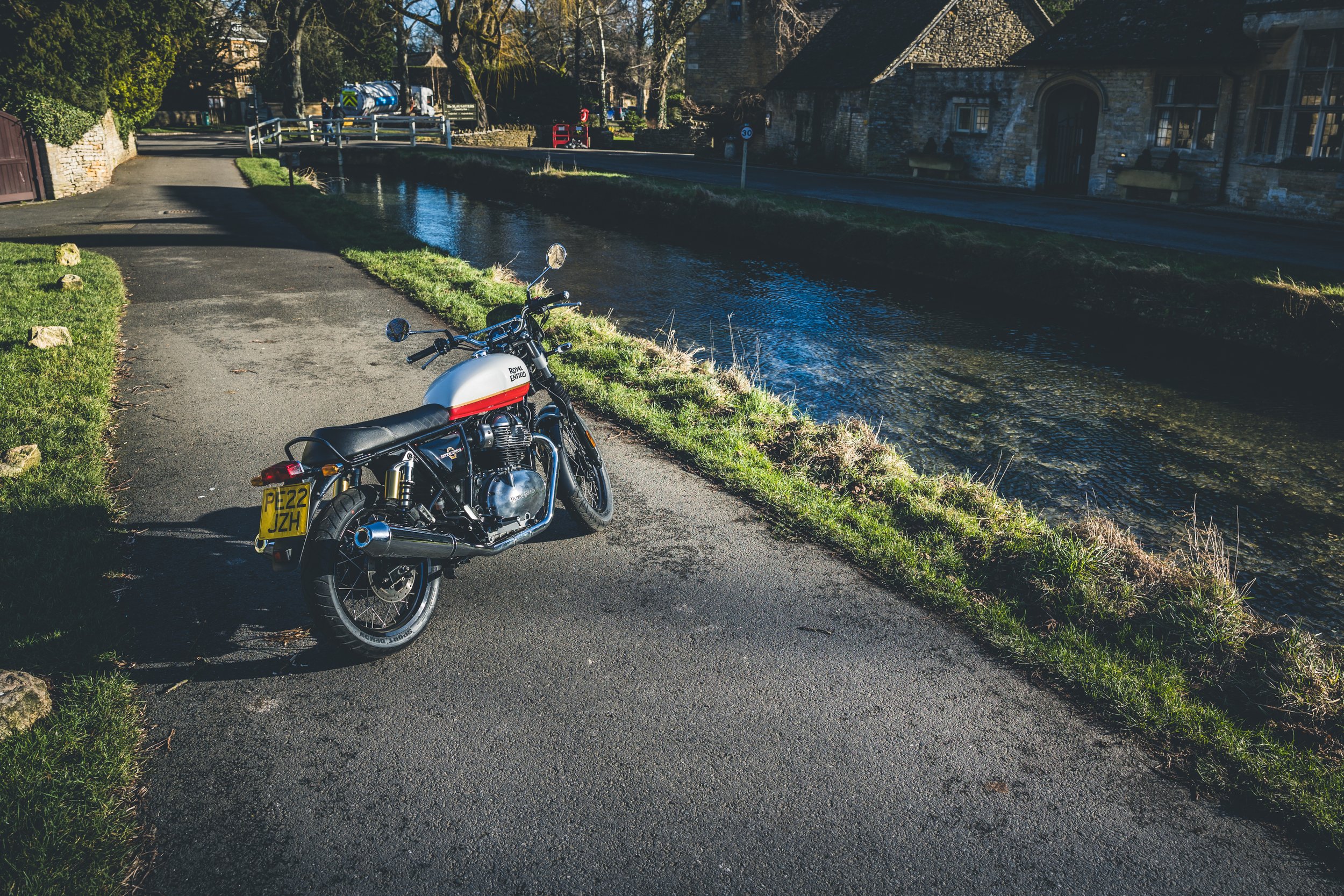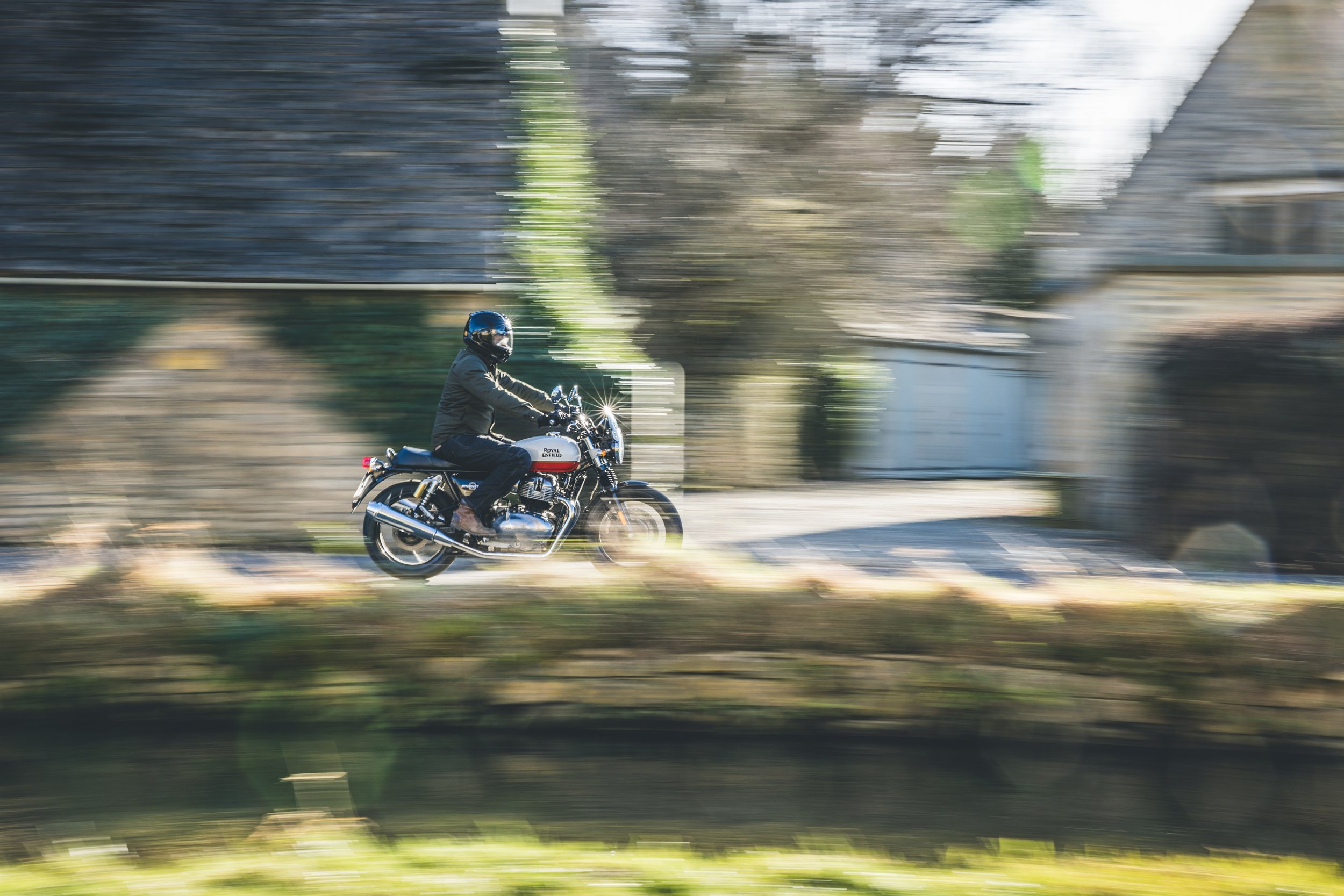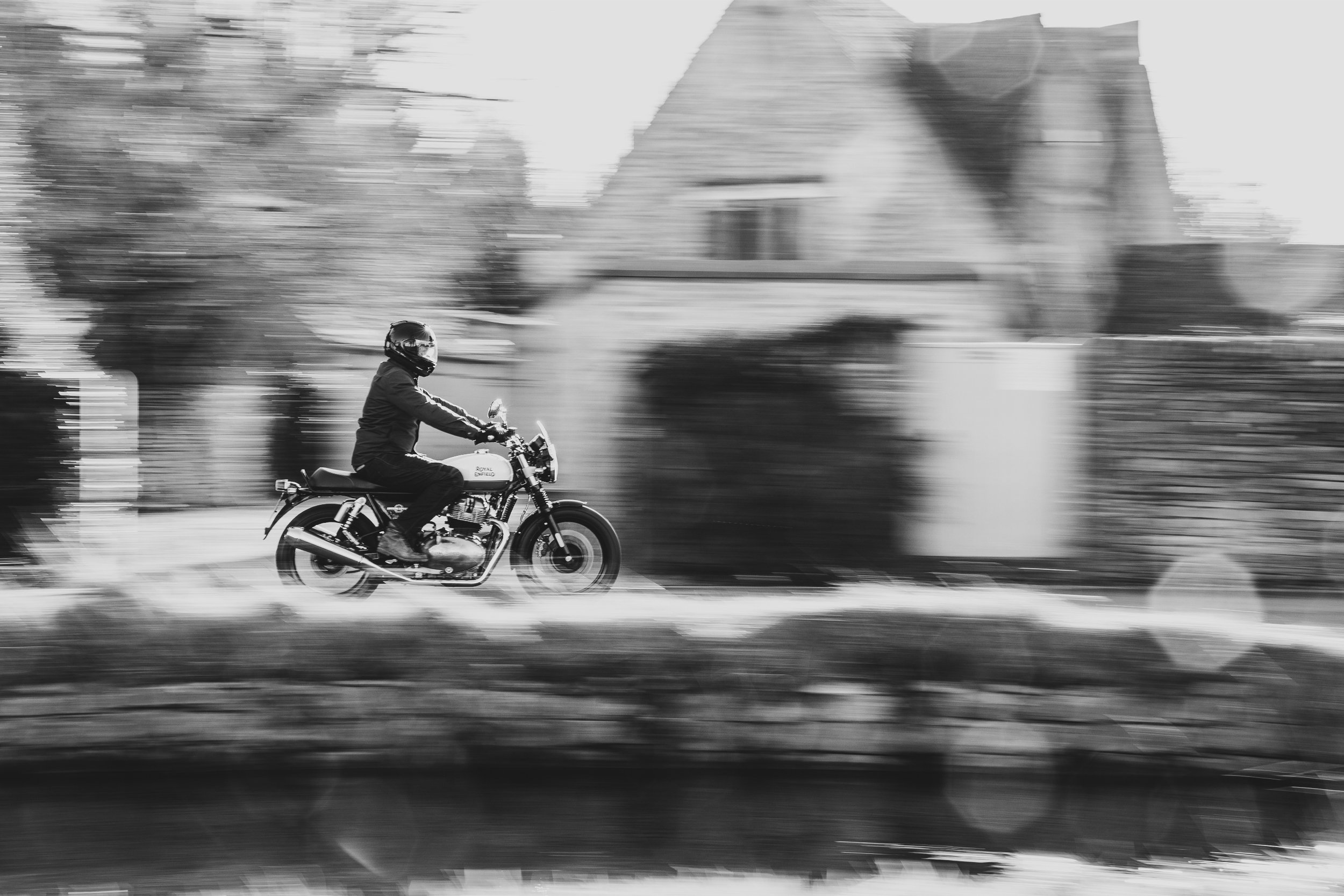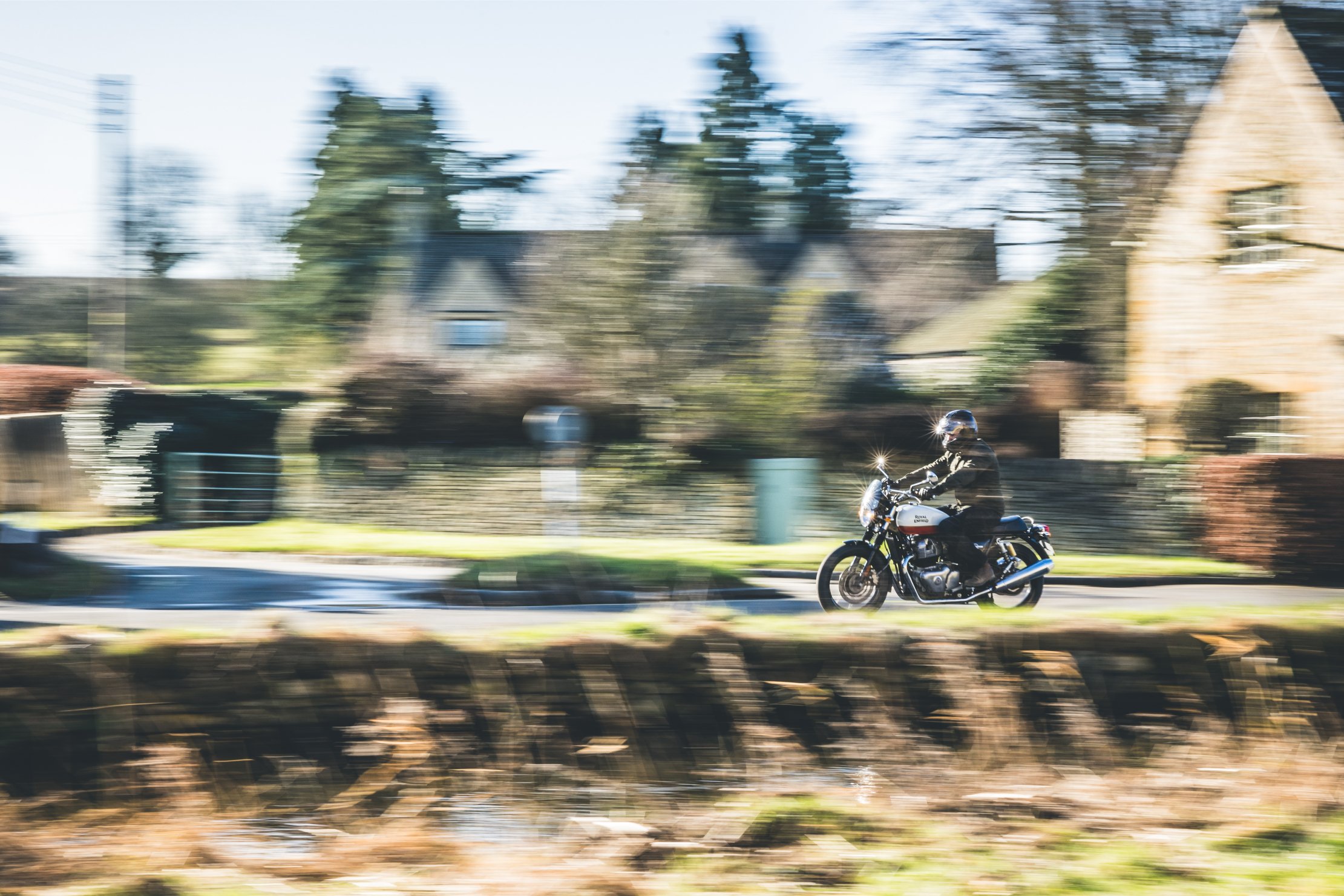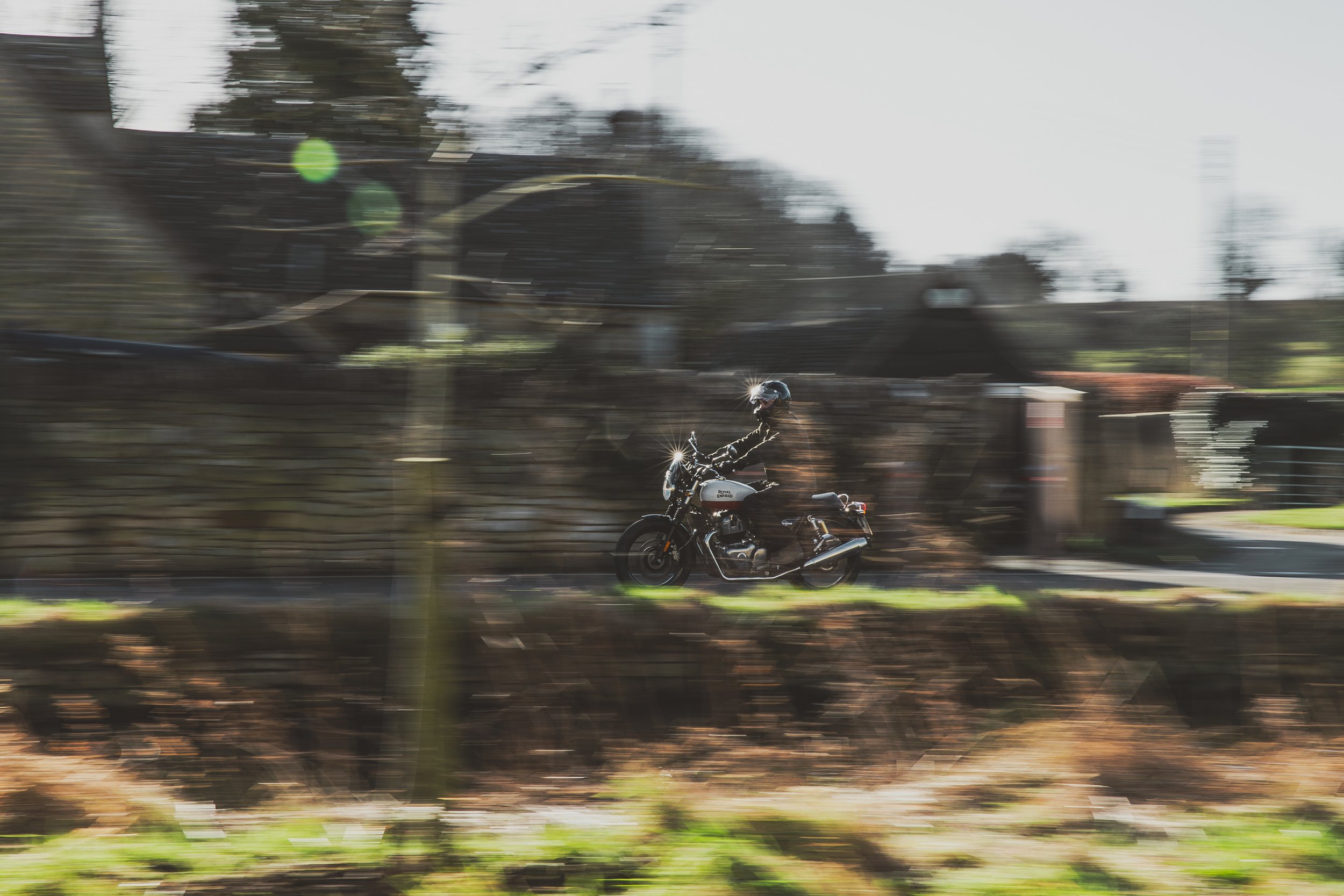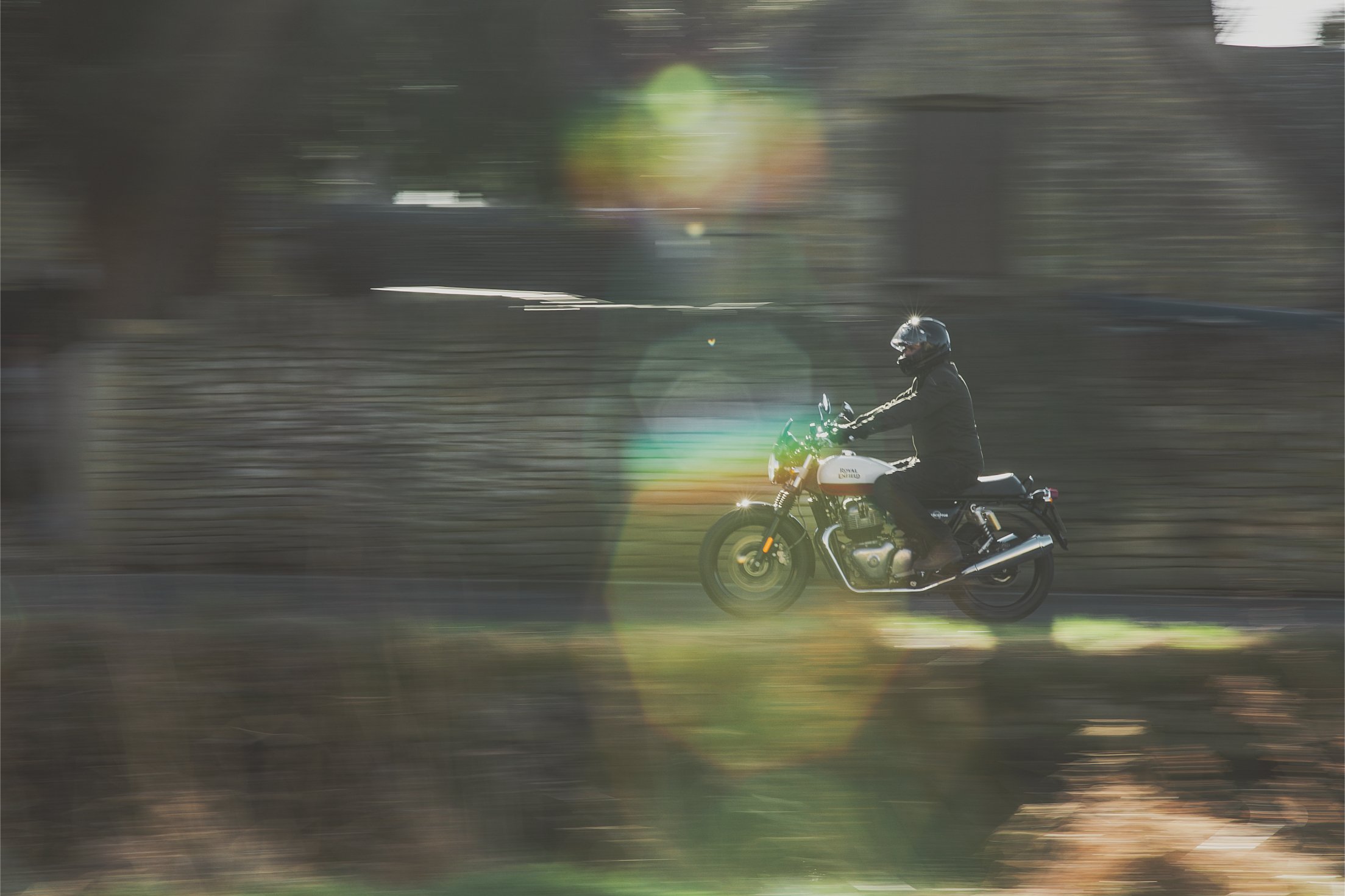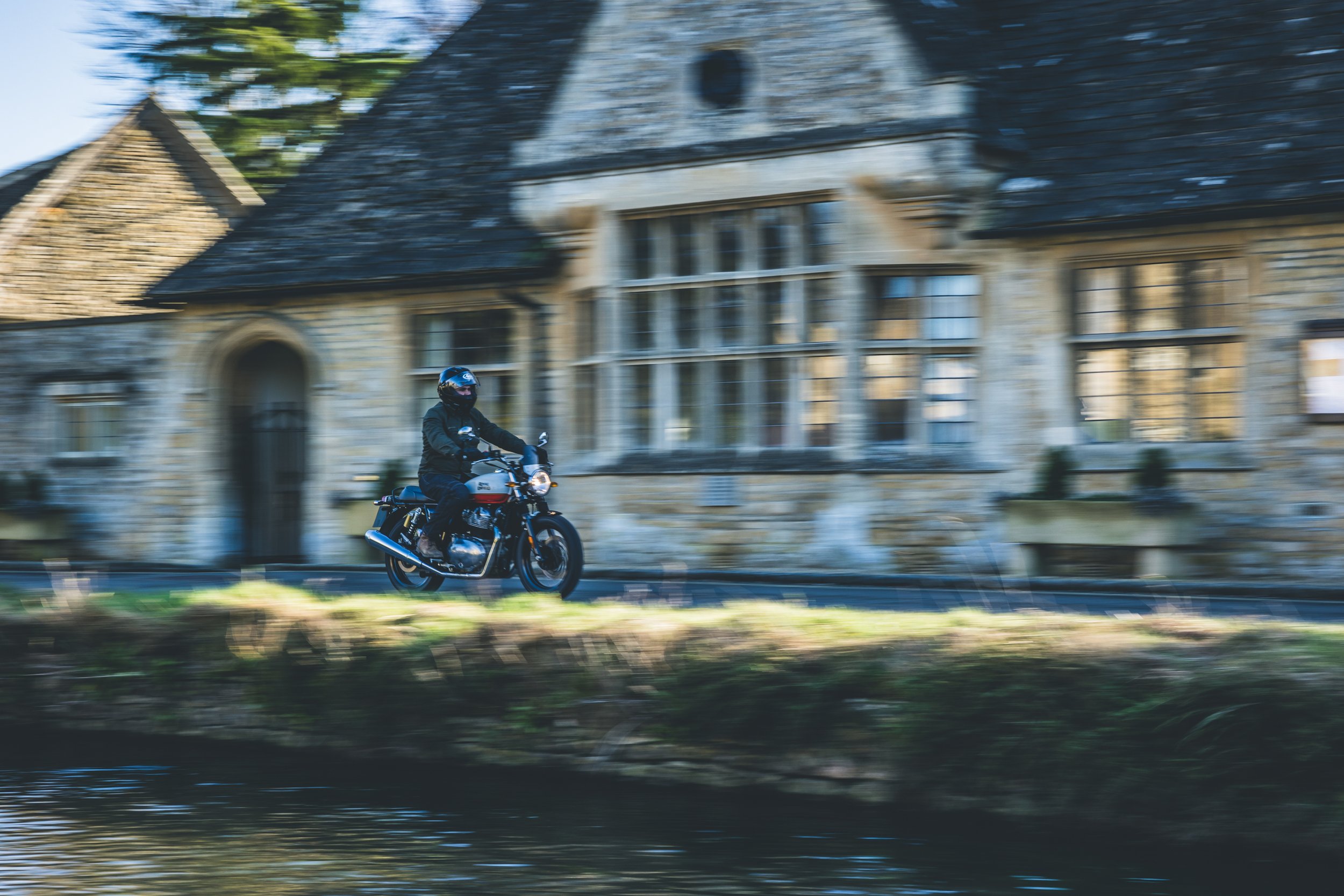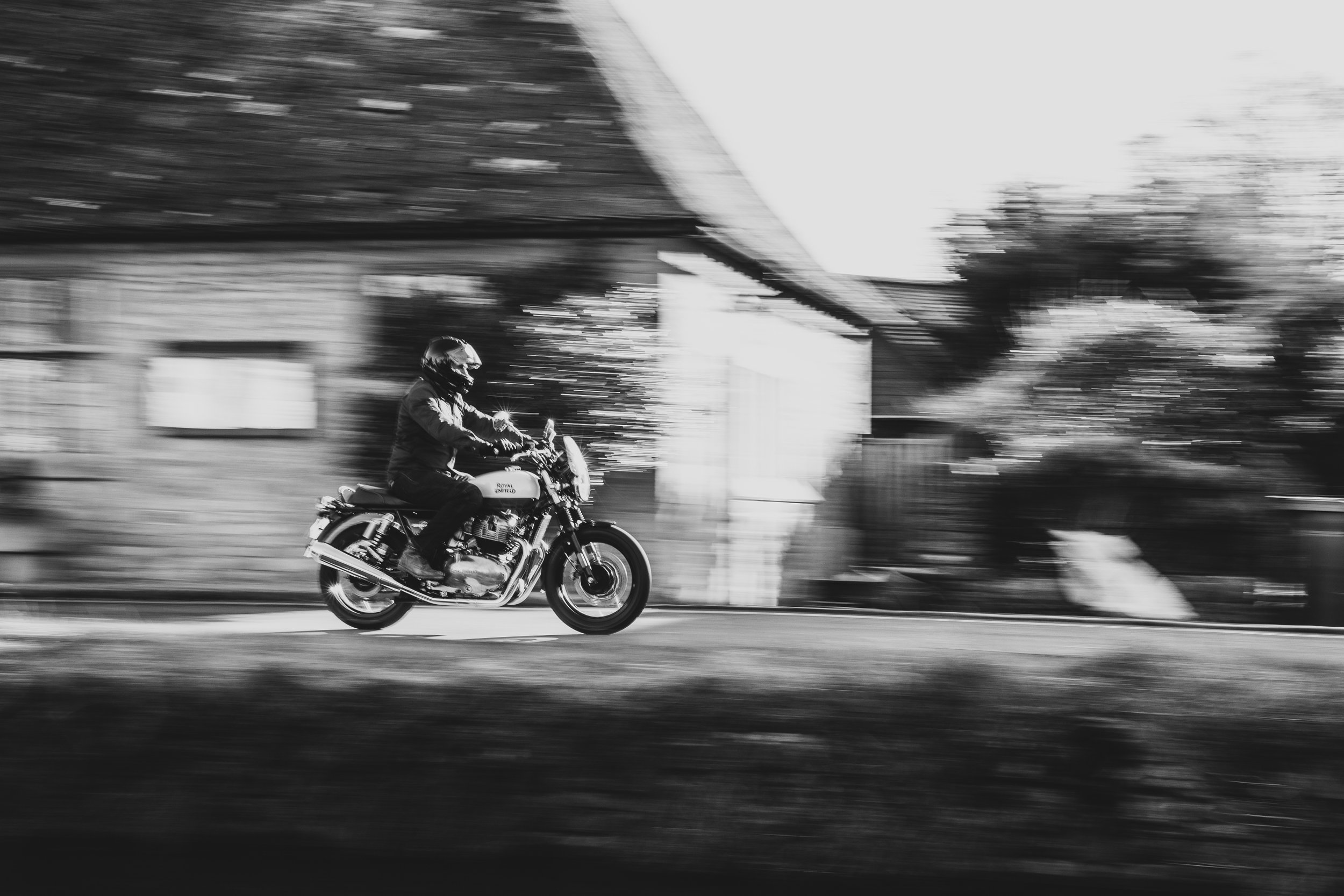Winter Riding | Royal Enfield Interceptor 650 - Review
At the time of writing (Winter 2024), we're still a little while away from what many would classify as 'riding season' here in Britain; however, when a Royal Enfield Interceptor 650 rolls out of the back of a van for a press loan, the 'let's be sensible and stay inside' part of the brain very quickly becomes consumed by the 'hooray, a new motorcycle to ride!' part—I'm not entirely sure if neurologists have identified a scientific term for either of these emotions when related to motorcycling specifically.
Royal Enfield has recently been rolling out some exceptionally special new bikes, including models such as the Shotgun 650, the new Himalayan 450, the Super Meteor 650, and the Hunter 350 (to pick just a few). The Interceptor 650 has been in Royal Enfield's new age lineup as 'staple stock' since 2019, and sales figures for the model have been huge globally.
In 2019, the Interceptor 650 arrived alongside the Continental GT Twin 650 and the now much-loved 650 (648cc) twin-cylinder engine, and in terms of styling and powertrain, it was a match made in heaven. The 650 has since found a home in various additional models, and for a good reason: it's reliable, it's punchy, and it sounds lovely, too.
One of the Interceptor 650's most appealing aspects is its price. The model is available from just £6,599, a price that might seem too good to be true for some. However, the company can offer its models at highly competitive prices thanks to Royal Enfield's global success and popularity in India, where the bikes are manufactured. (I explain the economics of this in my review of the Continental GT Twin 650).
Another attractive aspect for prospective Royal Enfield buyers is the ability to customise your bike at the time of configuration with hundreds of overall combinations for fuel tank colours, engine colours, saddle choices and additional accessories. Even with a relatively ambitious selection of optional upgrades and extras, I designed a bike to my personal taste for a grand total of just £7,722. This combination of customisation and pleasantly low price tag makes the model somewhat unique amongst competitors.
But back to the present (Late-Winter 2024): The bike sits patiently in the garage, awaiting an adventure amid an unusually long and especially wet winter. Riding in the winter can be miserable at the best of times, but taking the Interceptor out on roads seasoned with salt feels especially cruel—even more so due to its shiny brightwork and engine housings. With the promise to myself (and the bike) to give it a well-deserved wash and rinse once back home again, I agree to meet our photographer, Henry, in one of my favourite scenic Cotswold villages, Upper Slaughter, for a photoshoot.
Within just a few minutes of getting out on the Interceptor, I'm reminded of how compliant and well-balanced the 650 twin engine is. As with all other 650 models, the power output isn't massive (47 hp and 52 Nm of torque at peak), but it doesn't need to be either. The power output is perfect for the riding style that the Interceptor is designed for. The torque band is forgiving and fun, allowing for short shifts and chunky-throbbing dramatic acceleration or a more lively riding style with the gear shifts happening up higher in the rev range.
On my ride from my home in Warwickshire to the shoot location, I have a combination of fast and flowing 50 and 60-mph roads and smaller, tighter, twistier lanes. The internal conflict over which roads I preferred on the Interceptor was almost enough of a thought provoker to distract me from the temperature of my hands in the (at best) 10 degrees C weather front. One thing we had on our side for sanity and the photos was glorious sunshine, which we immediately took advantage of.
One thing I really like about the Interceptor is its simplicity. The handlebar displays offer a speedometer and a tachometer, and that's it. There is a small monochrome LCD screen which displays fuel level and cycles through trip meters and mileage, but beyond that, its gadgetry and riding options are limited to nil. For some, this might seem basic; for others, me included, it's refreshing. The Interceptor has no rider modes, quick shifters, or traction control, but none feel necessary or missed. Even for a new rider or a rider returning to the hobby after some time away, the Interceptor's simplicity offers all one might need with nothing unnecessary added in.
Beyond the lovely powertrain and refreshingly simplistic switch gear, the additional joy that comes with the bike's handling is the absolute joy. The Interceptor is set up to be a multipurpose bike, which results in a bike that's rewarding to ride around town and engaging on the faster routes in the countryside. Stopping power is limited to a single front disk and industry-standard single rear, but the hardware consistently feels up to the task thanks to the bike's power and intended purpose.
For our shoot, we're in a popular spot for tourists and visitors all year round, so naturally, the bike created quite a stir, with almost every passerby wanting to stop for a quick chat. Potential customers of Royal Enfield must be prepared to become spokespersons for the brand by proxy, as everyone—and I really do mean everyone—has something to say, ask, or a story to tell about how their dad/uncle/neighbour/sister/grandmother either had one, worked on one, sold one or had just admired a particular Royal Enfield model at some point since the 1950s.
This brand familiarity and popularity is unique in the automotive space. The occasional smile and look of appreciation are commonplace with many of the cars and motorcycles I test, but very few generate a reaction as substantial as a Royal Enfield. This rewards an extra feeling of speciality to the experience and a reminder that for many people, seeing a Royal Enfield is more than just identifying another bike; it's like seeing an old friend or distant relative.
For the following few months, my time with the Royal Enfield was paired with constant weather watching and a fair bit of grumbling at rain. However, on the days that the rain clouds subsided, the Interceptor made an appearance, and each ride, regardless of duration or destination, felt as special, as fun and as refreshingly simple as the one before.
With the increasing number of new models being built in Chennai, I hope to sample a selection of newer Royal Enfield bikes this year. In the meantime, the Interceptor 650 has been a refreshing reminder of why the Royal Enfield brand continues to be so popular for old, new and revisiting riders.
words: John Marcar
pictures: Henry Faulkner-Smith
